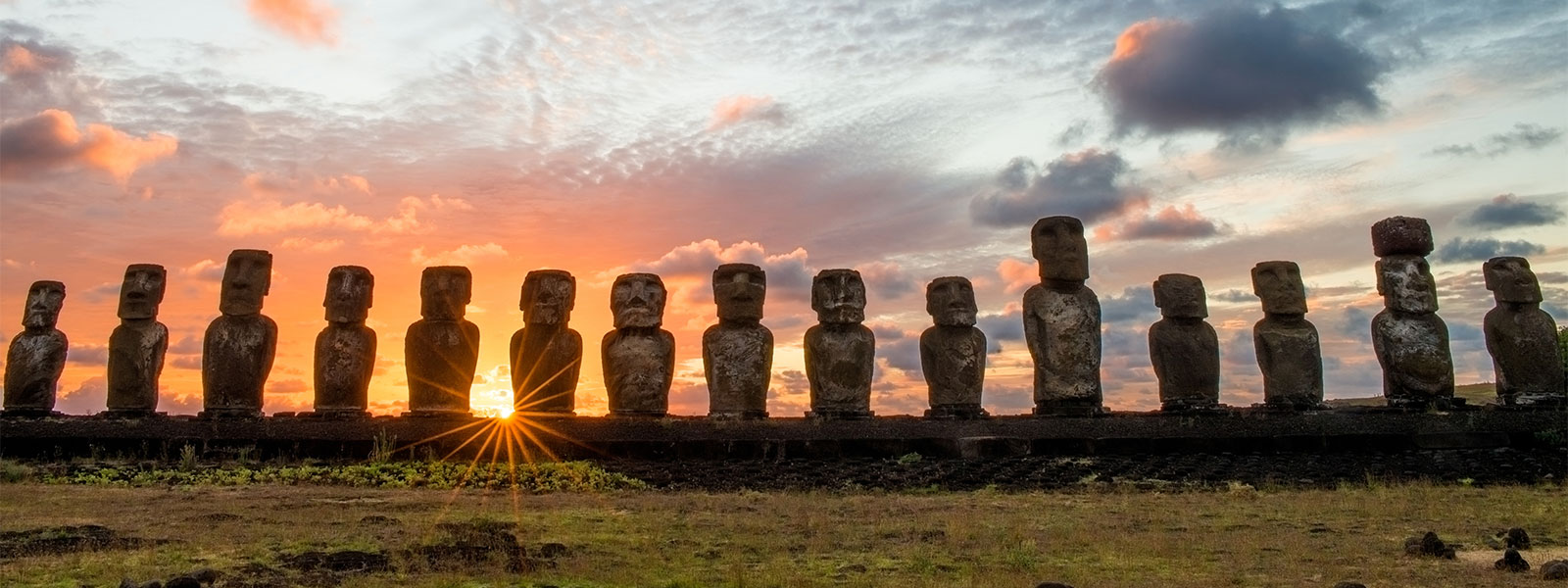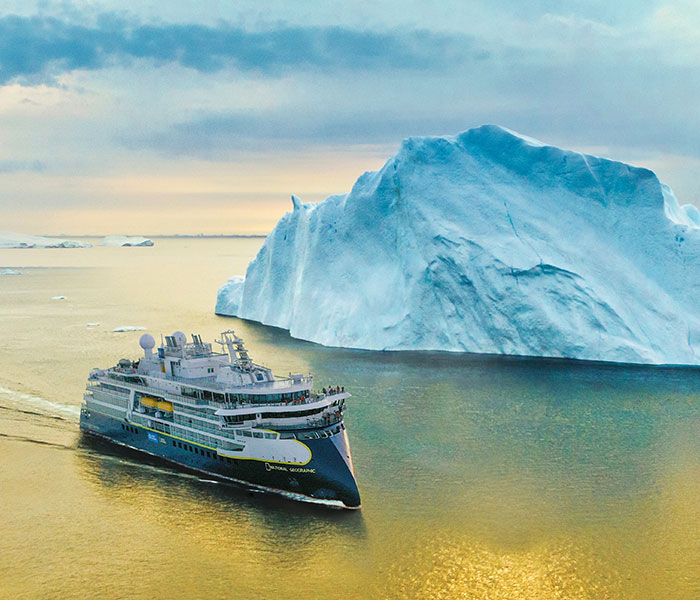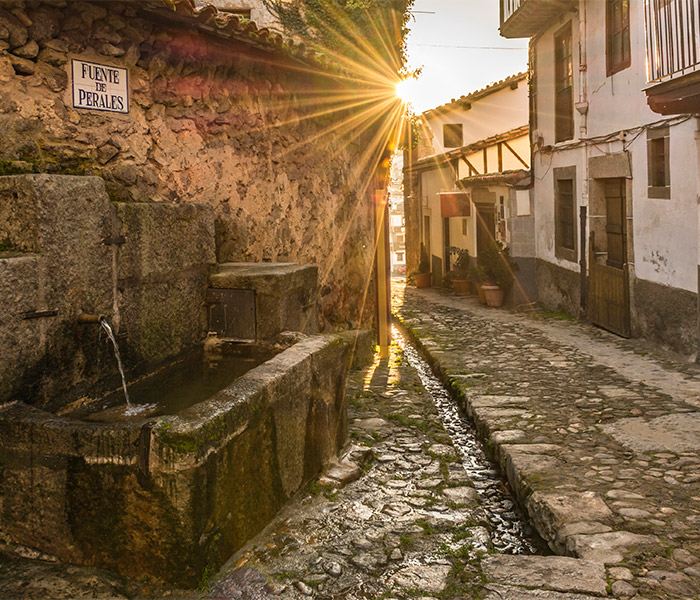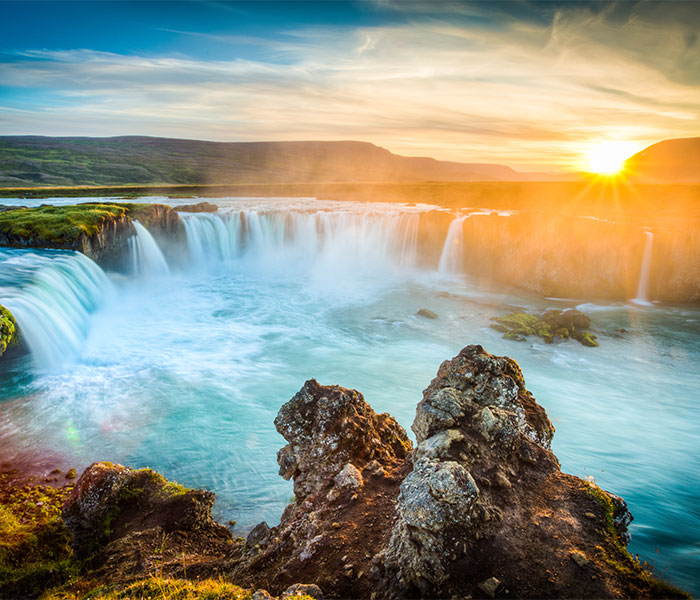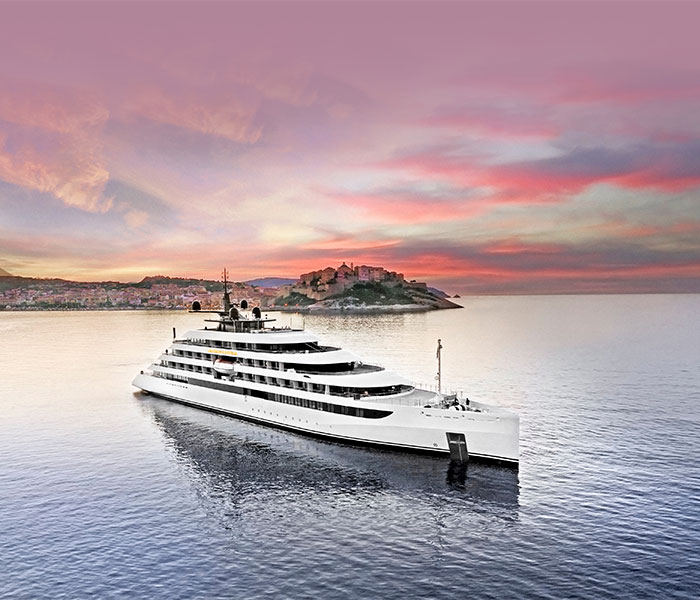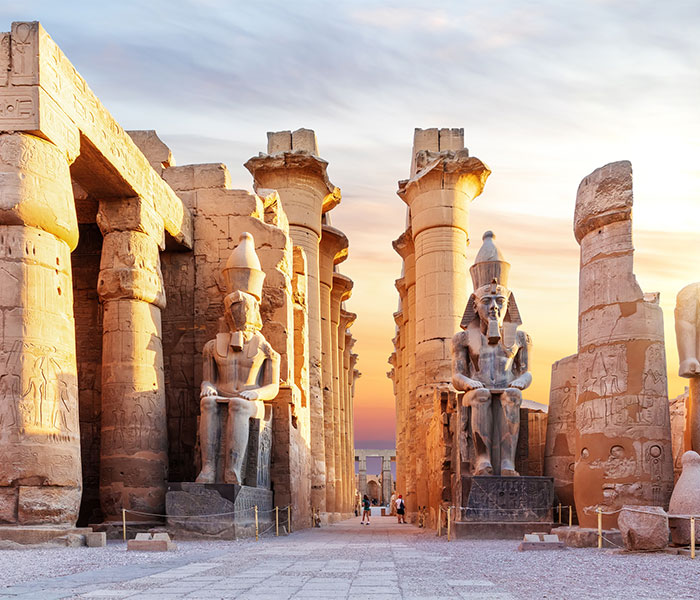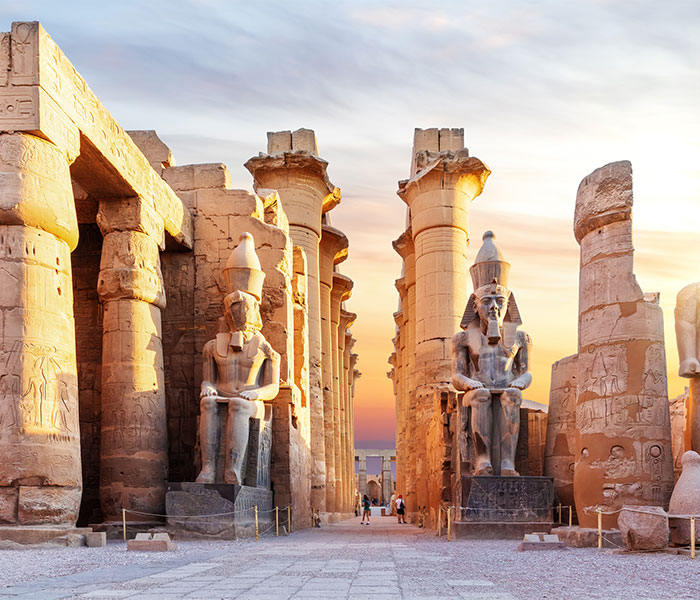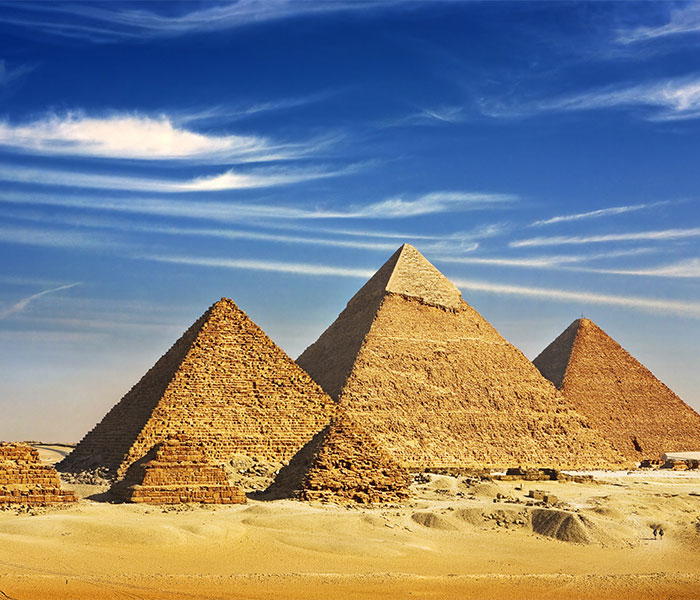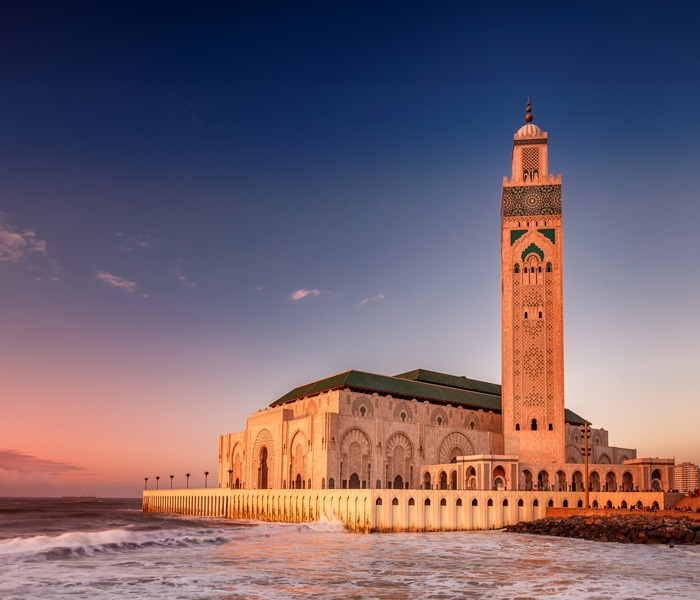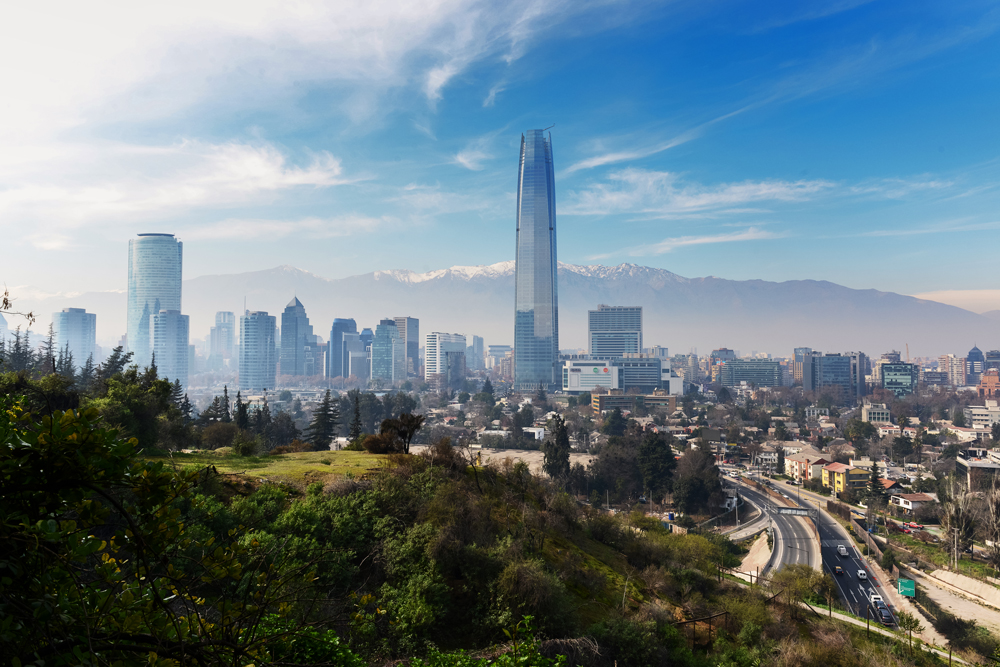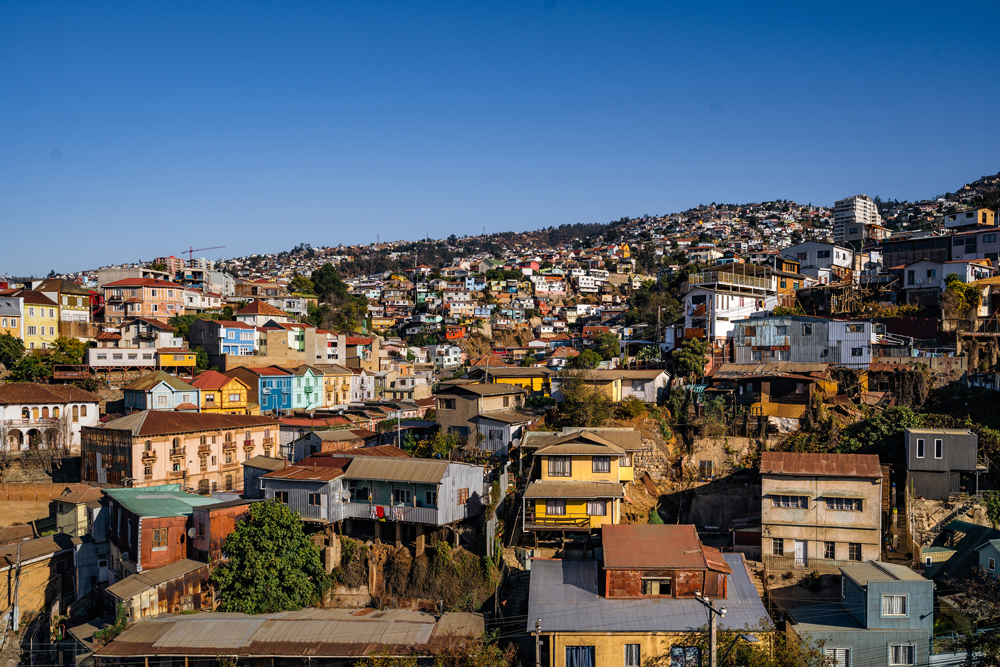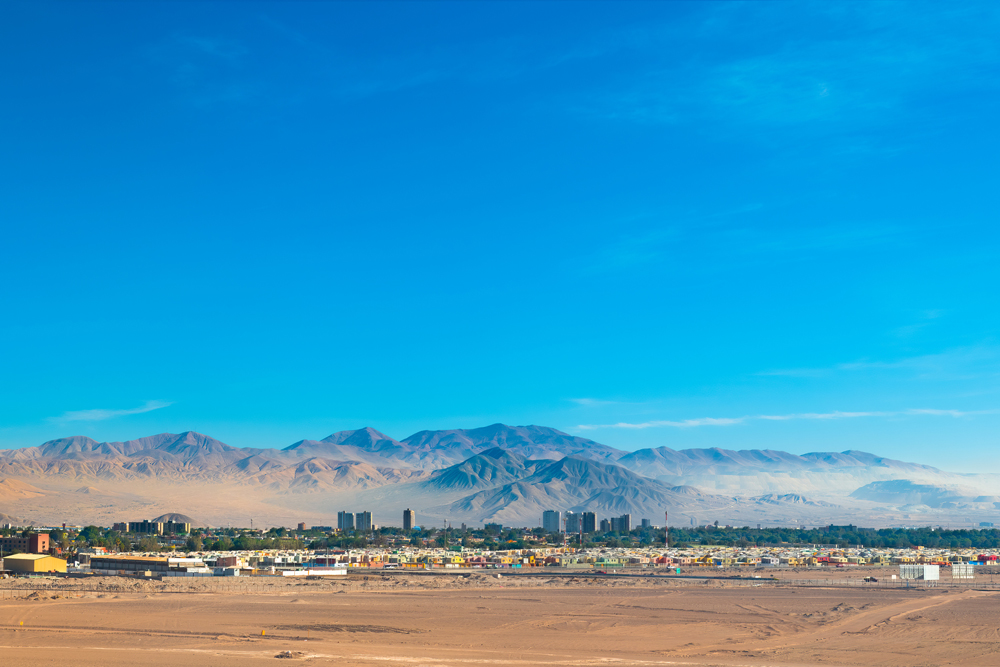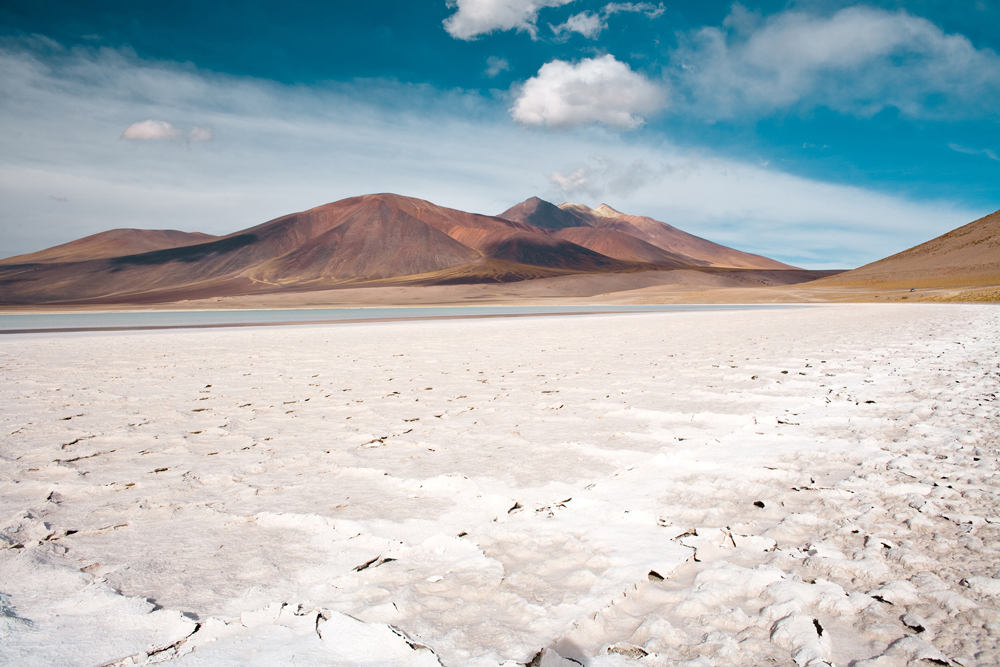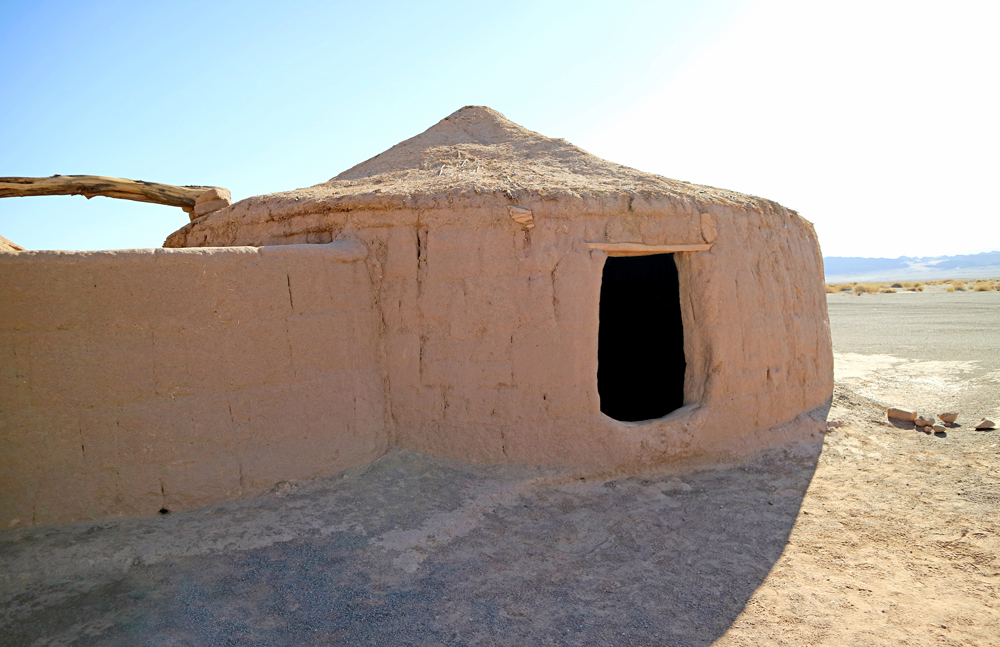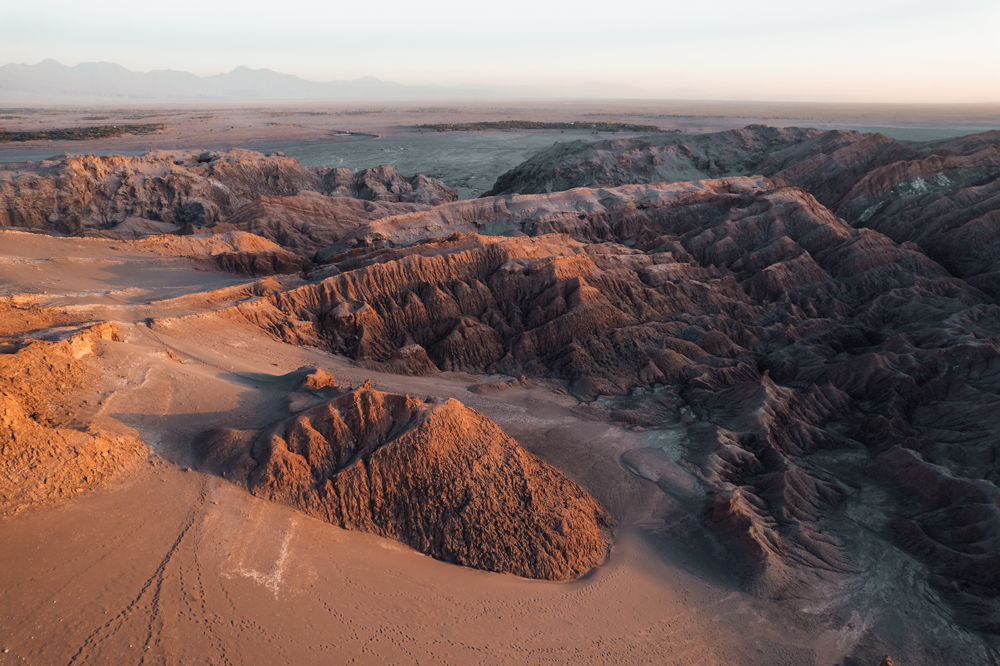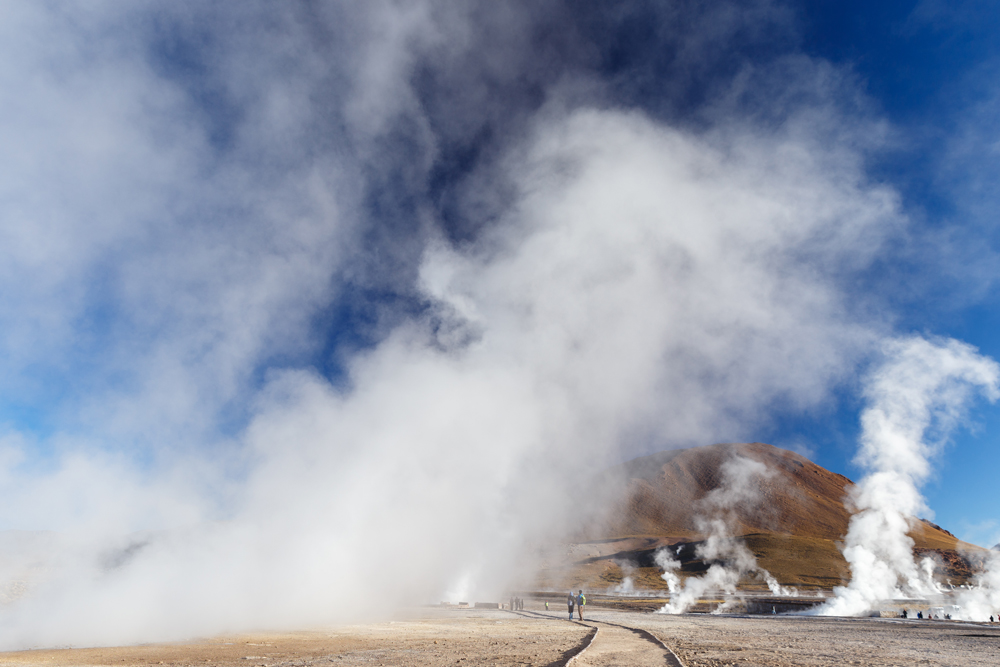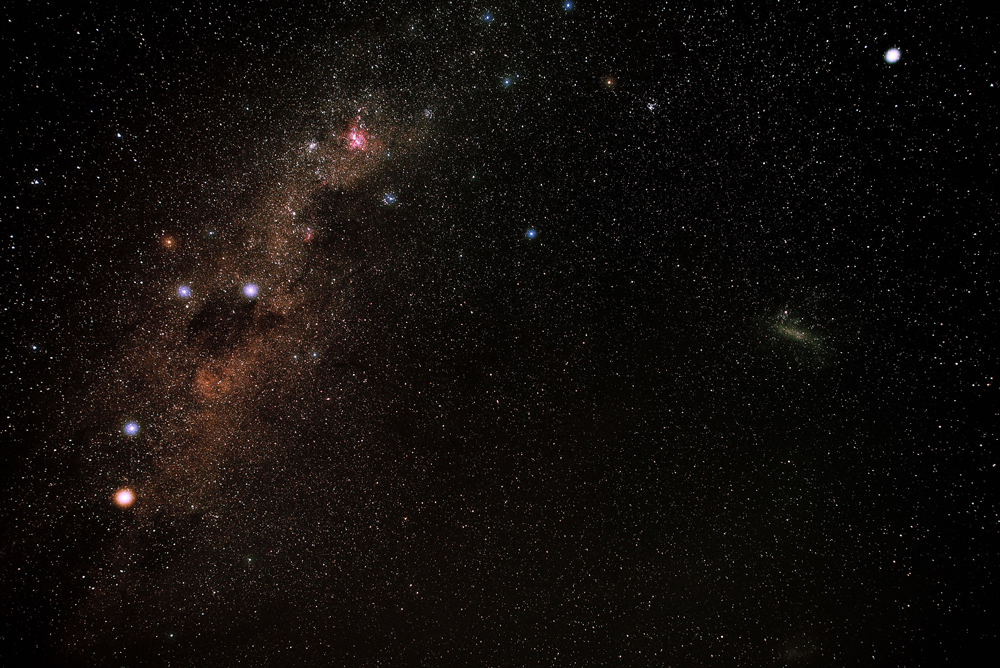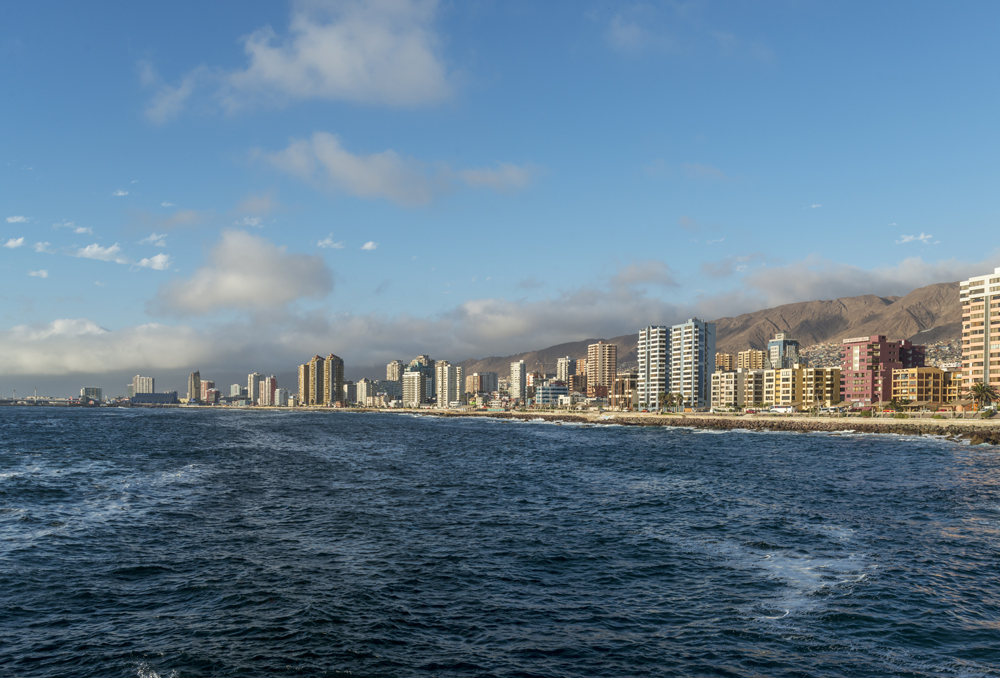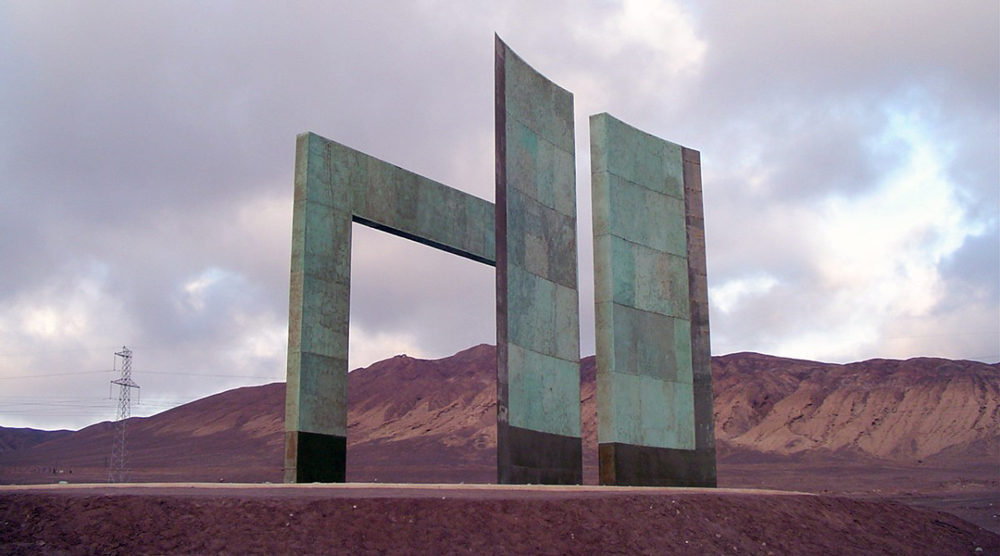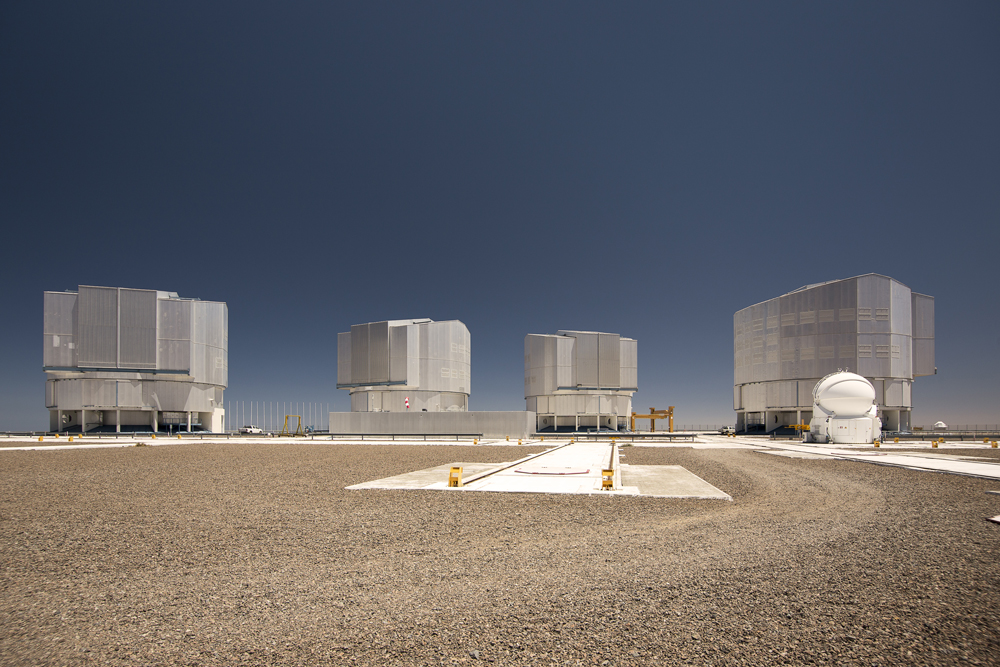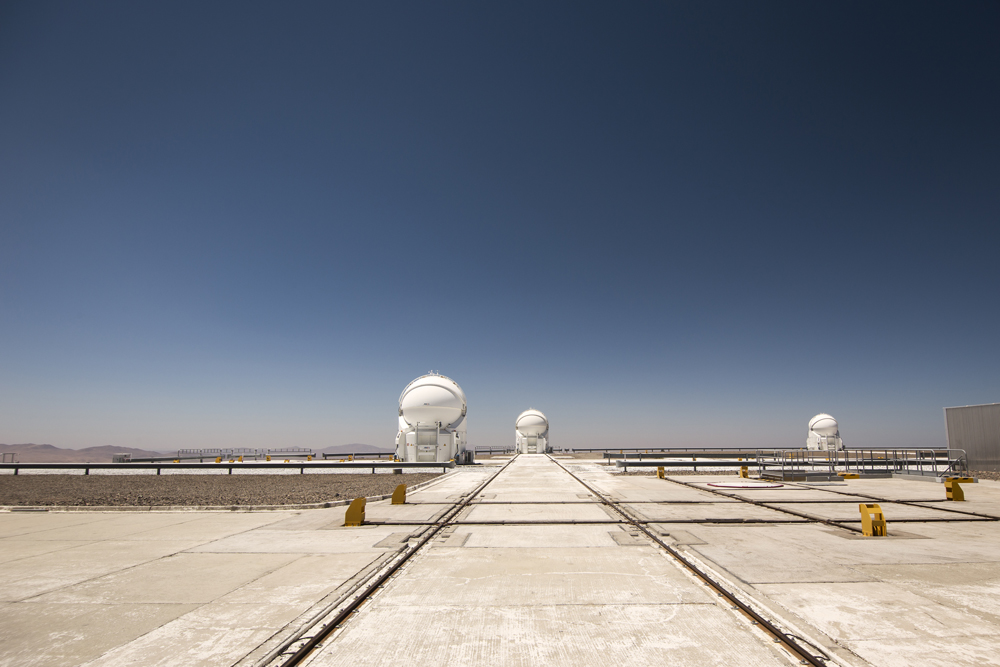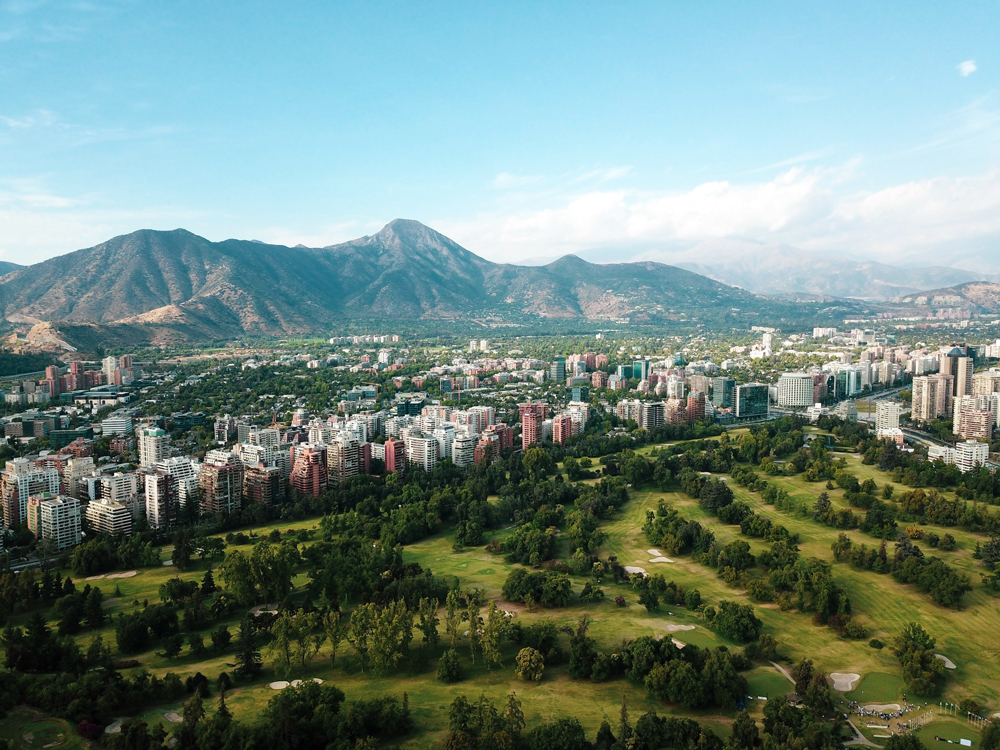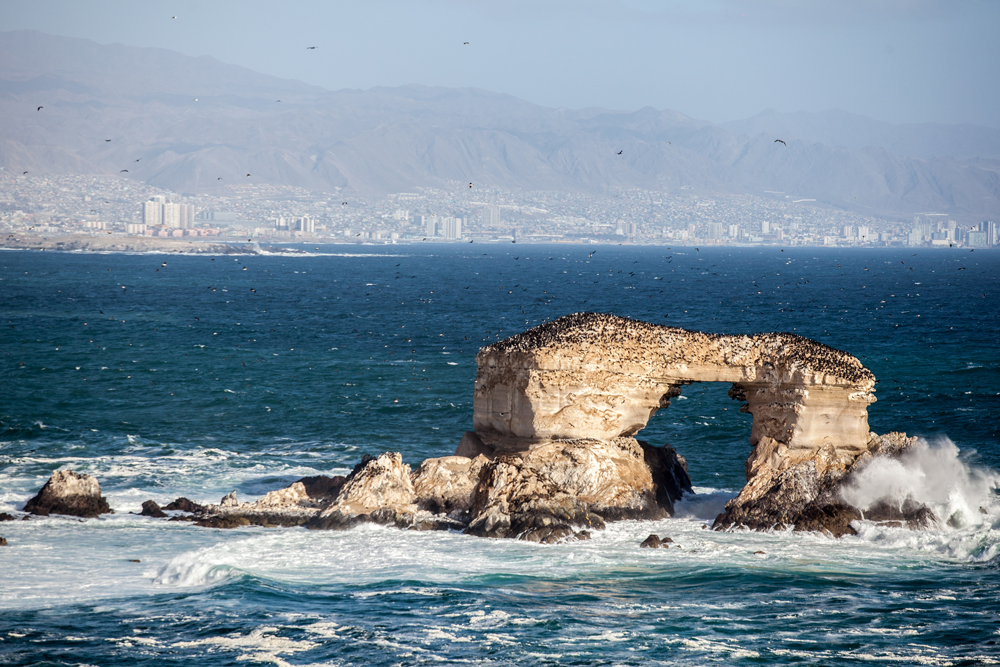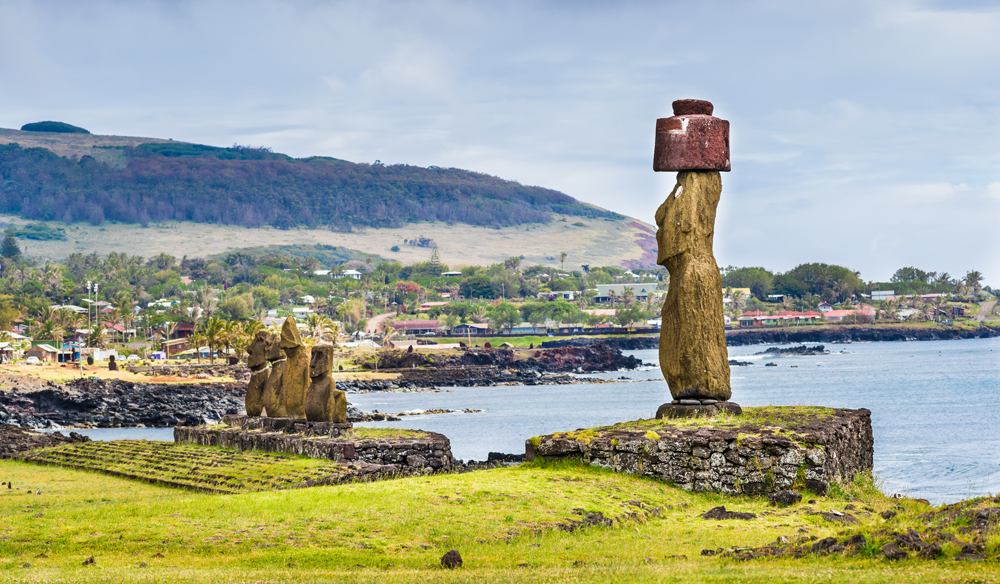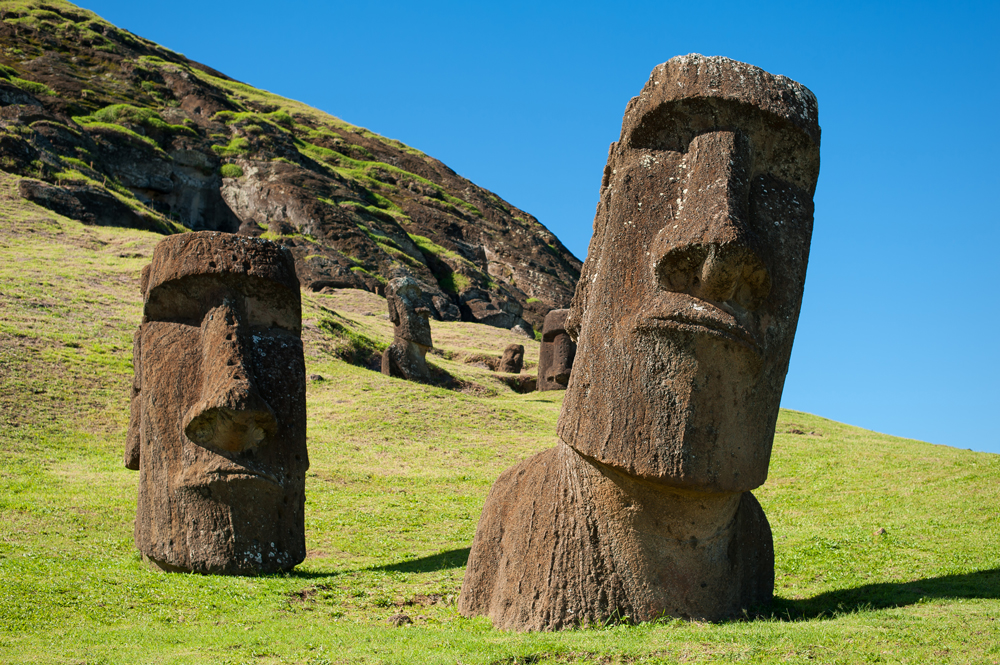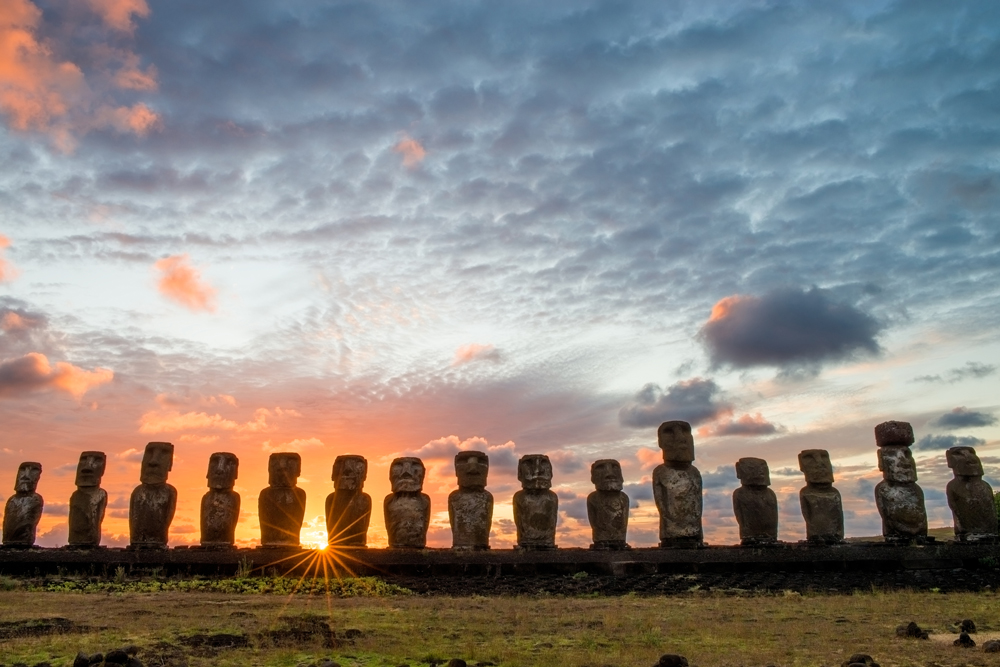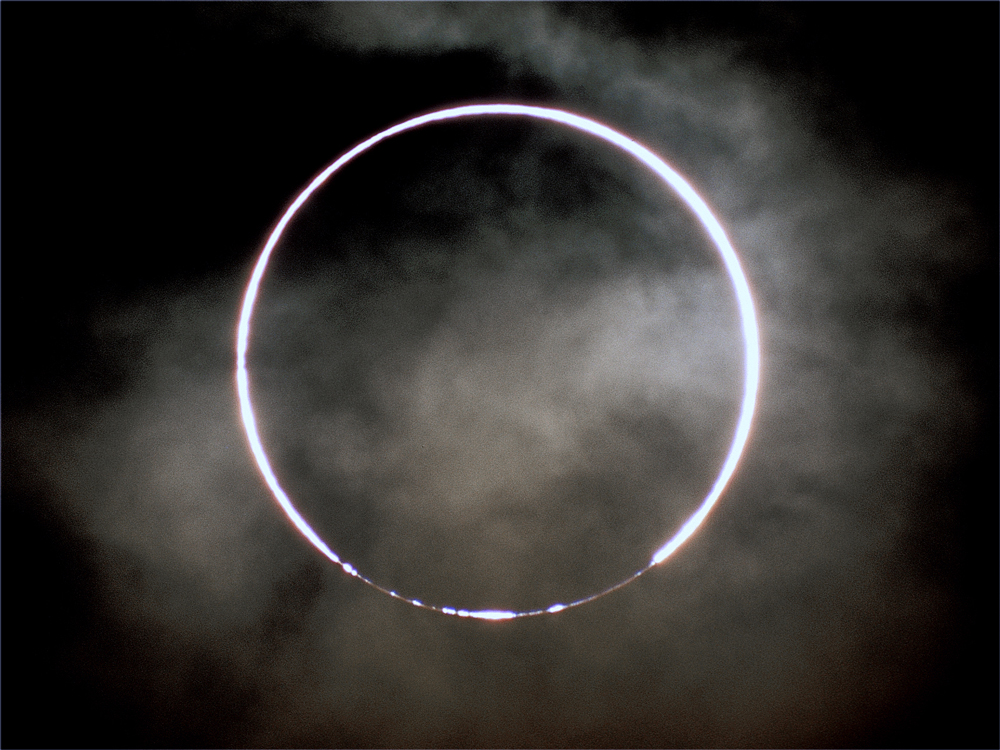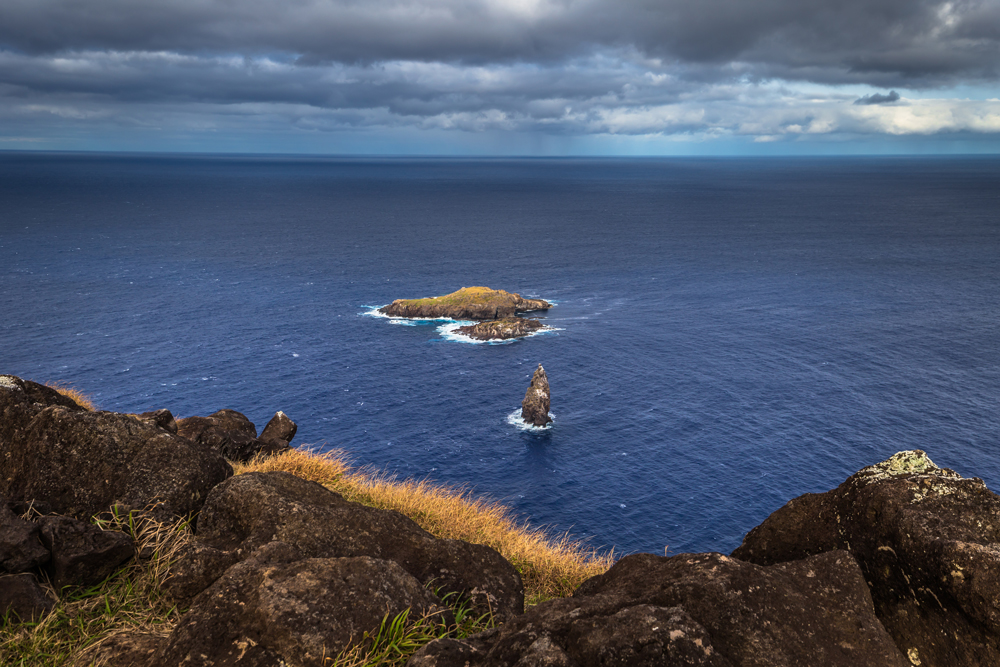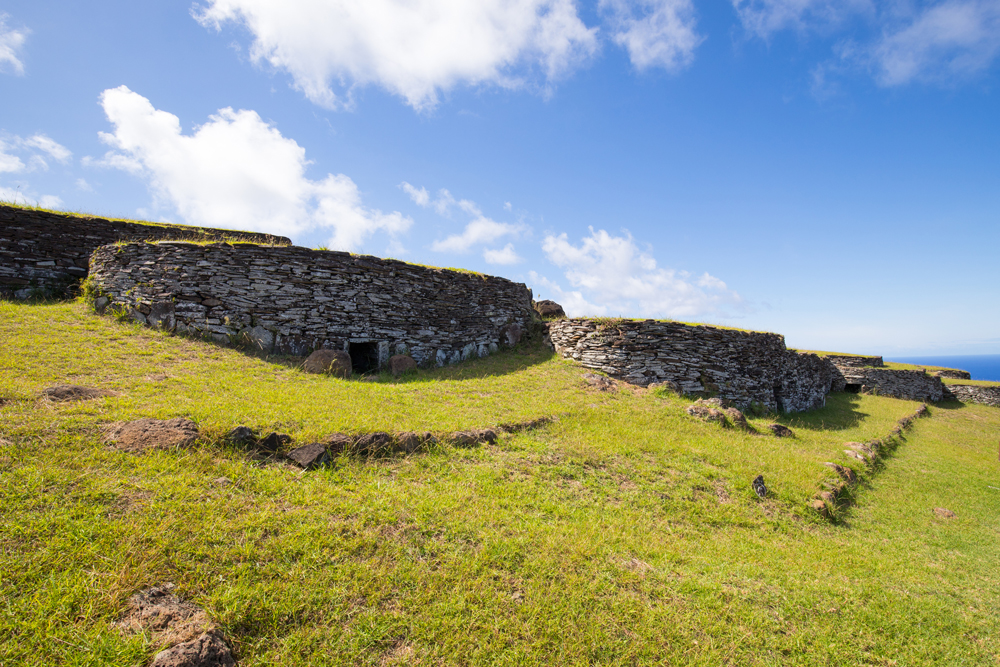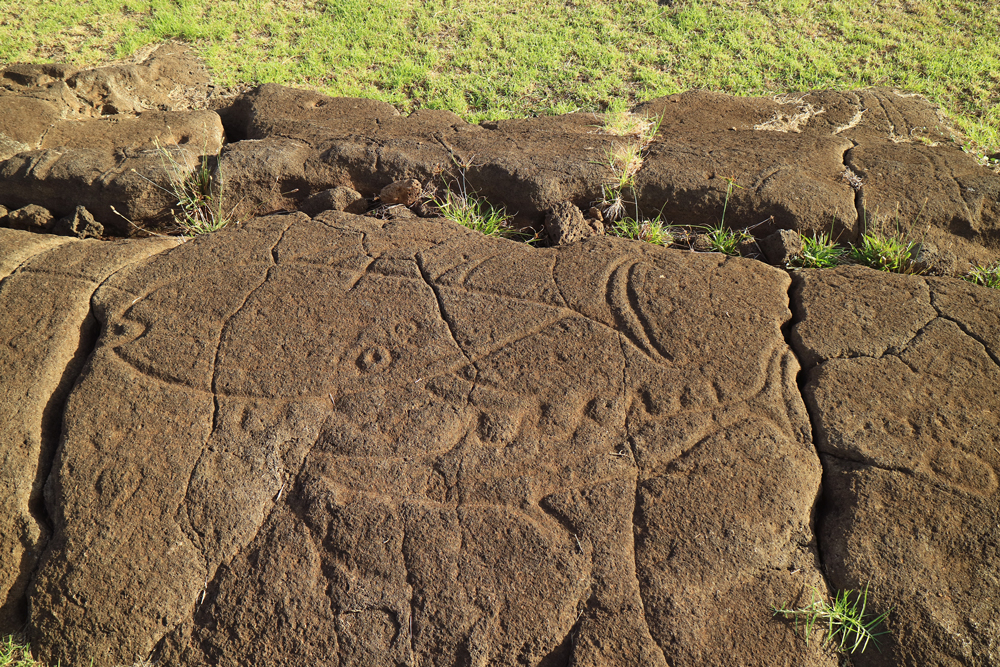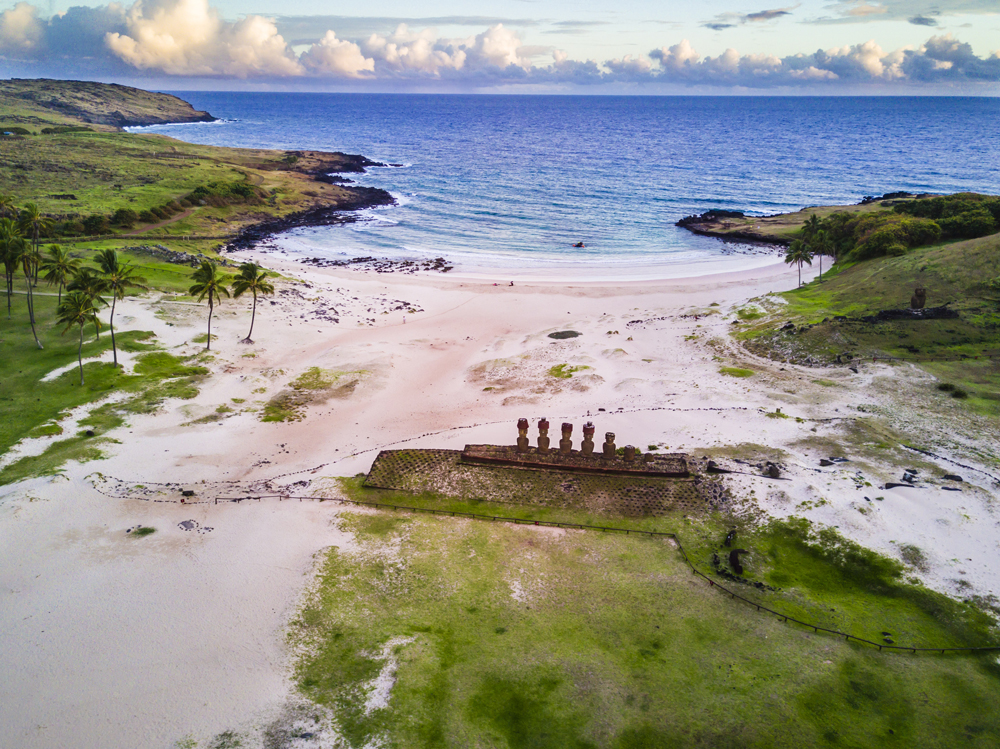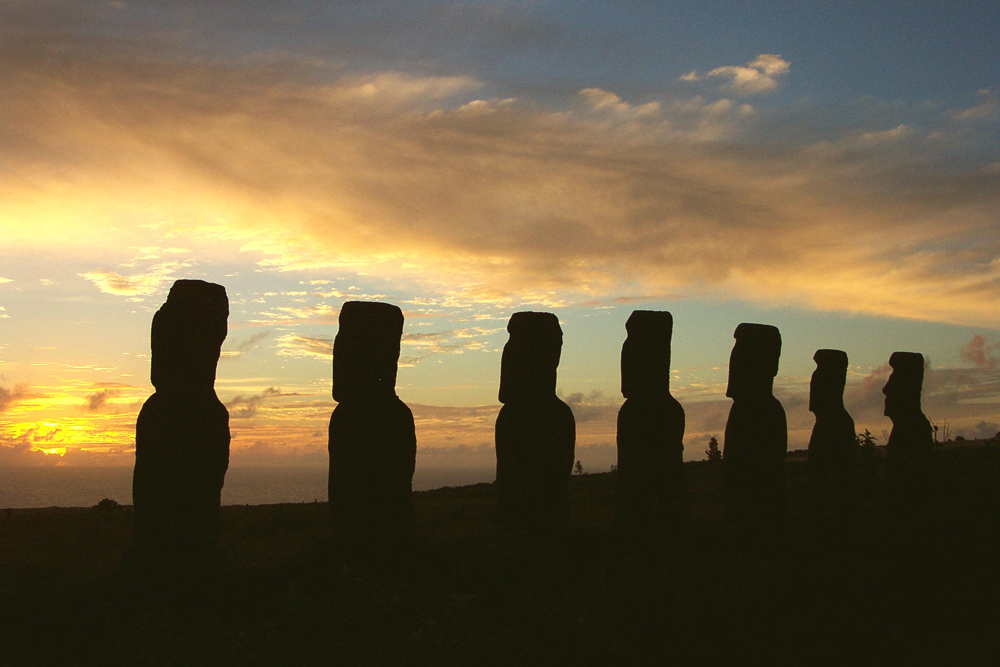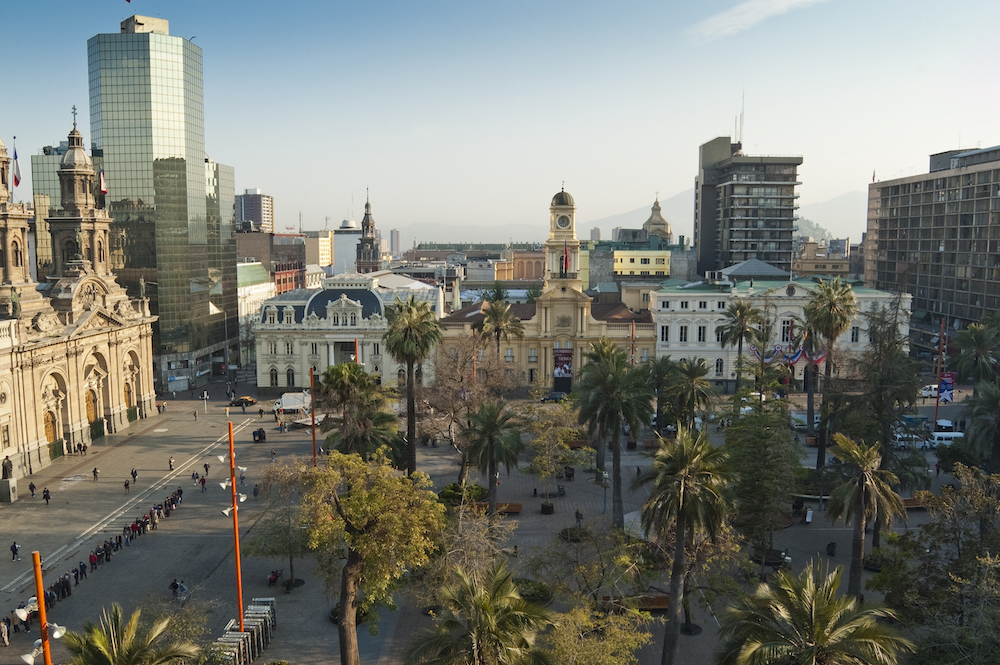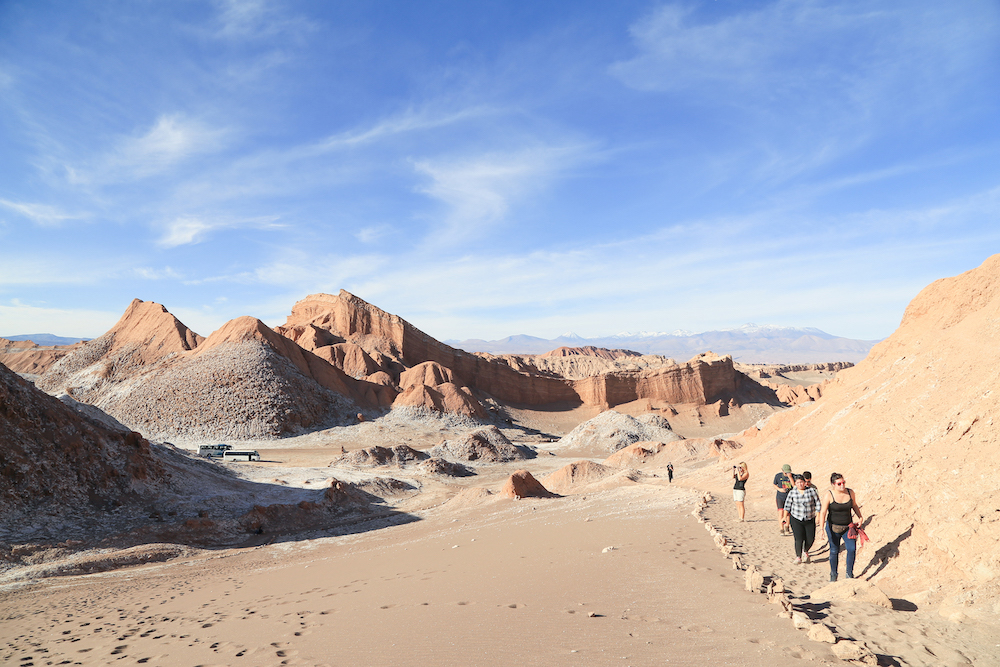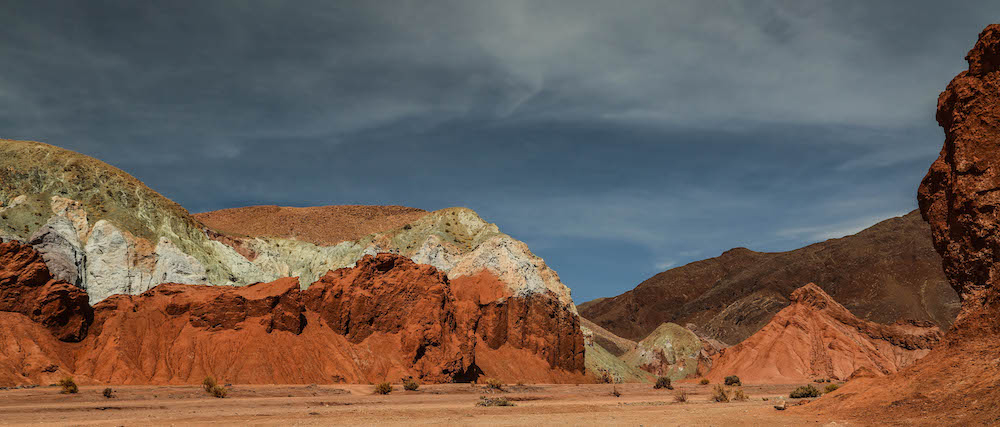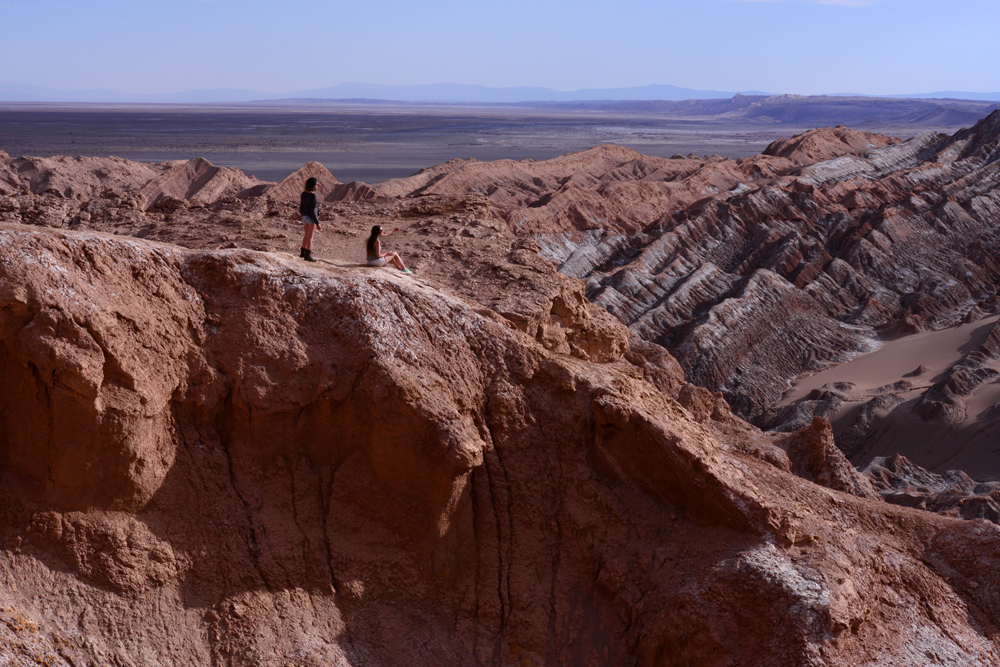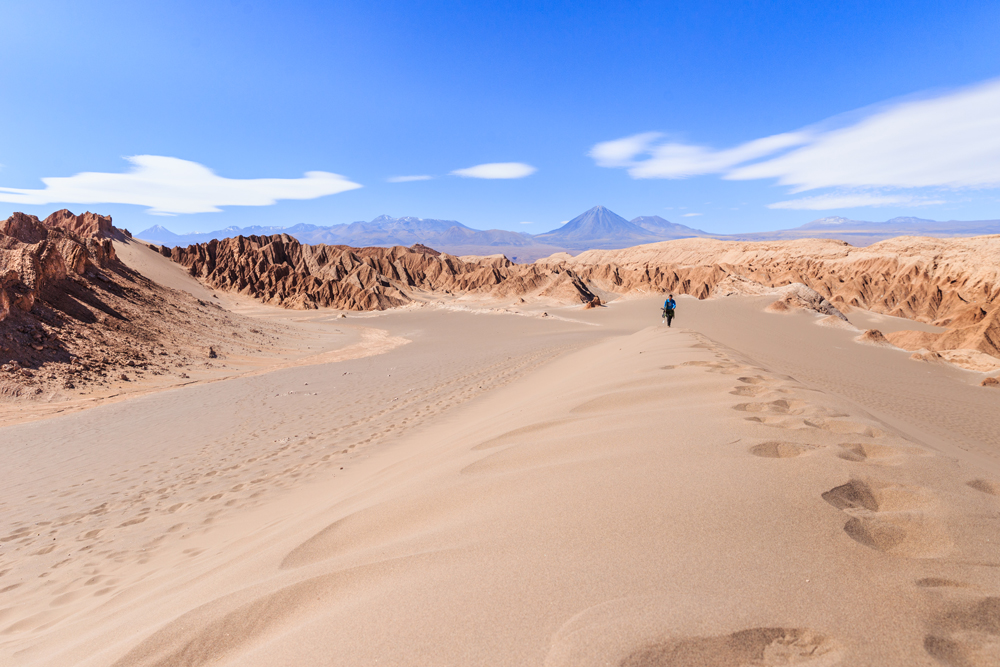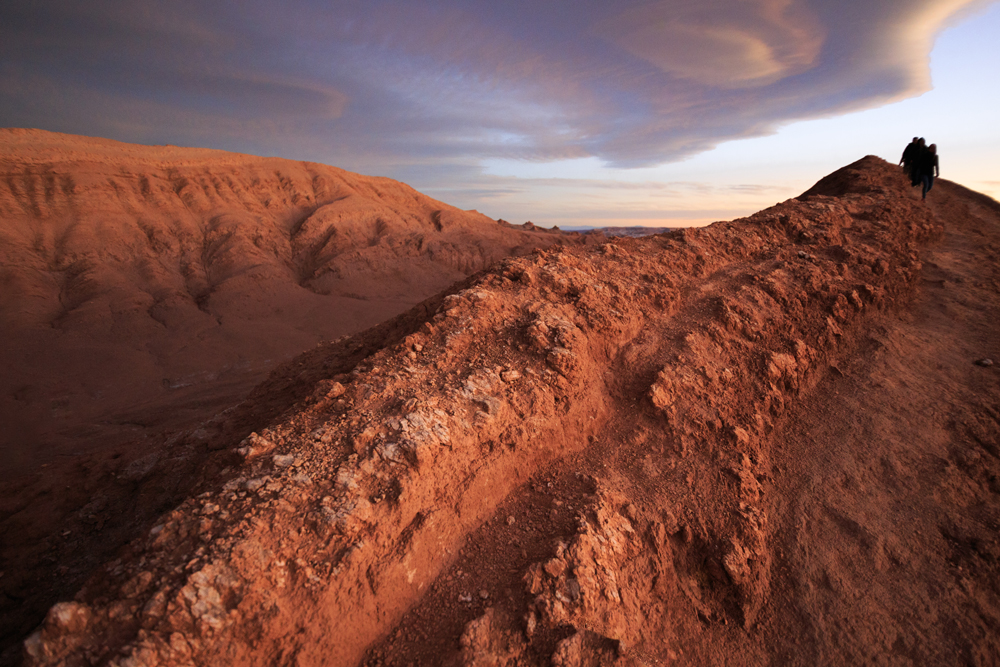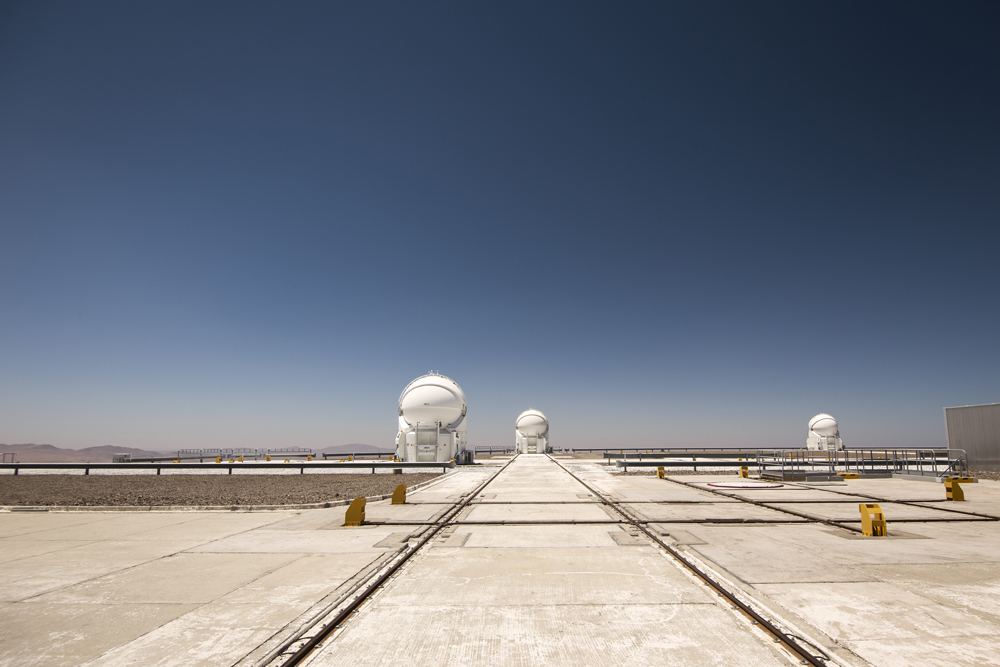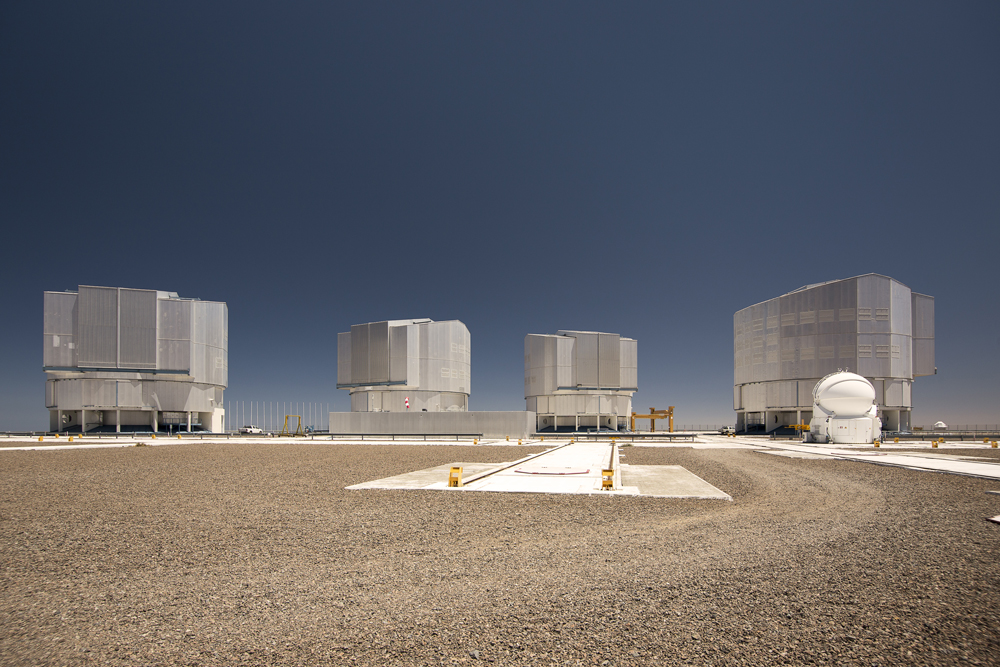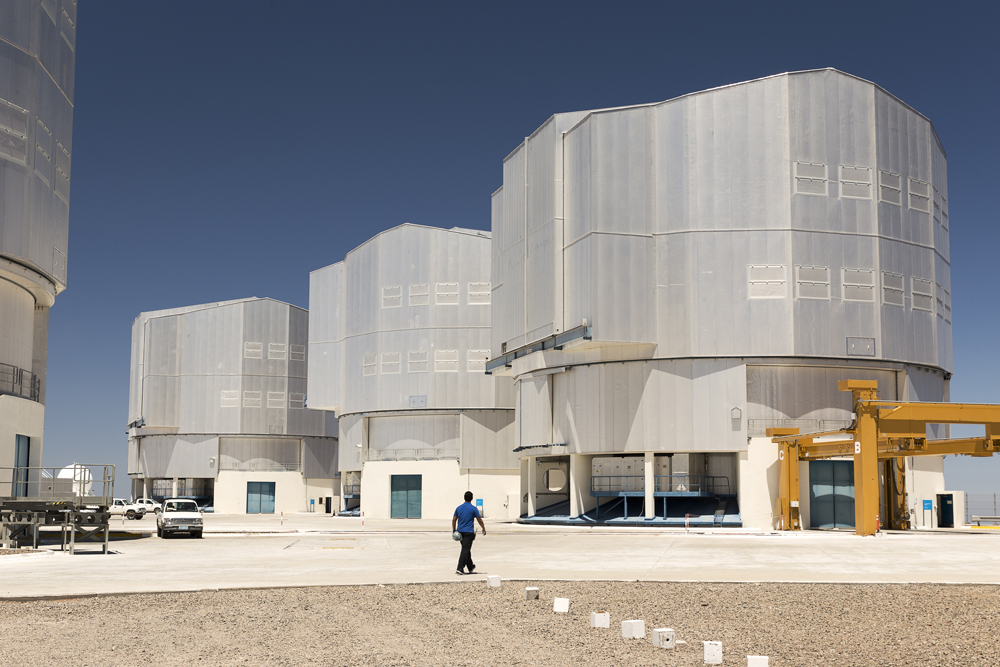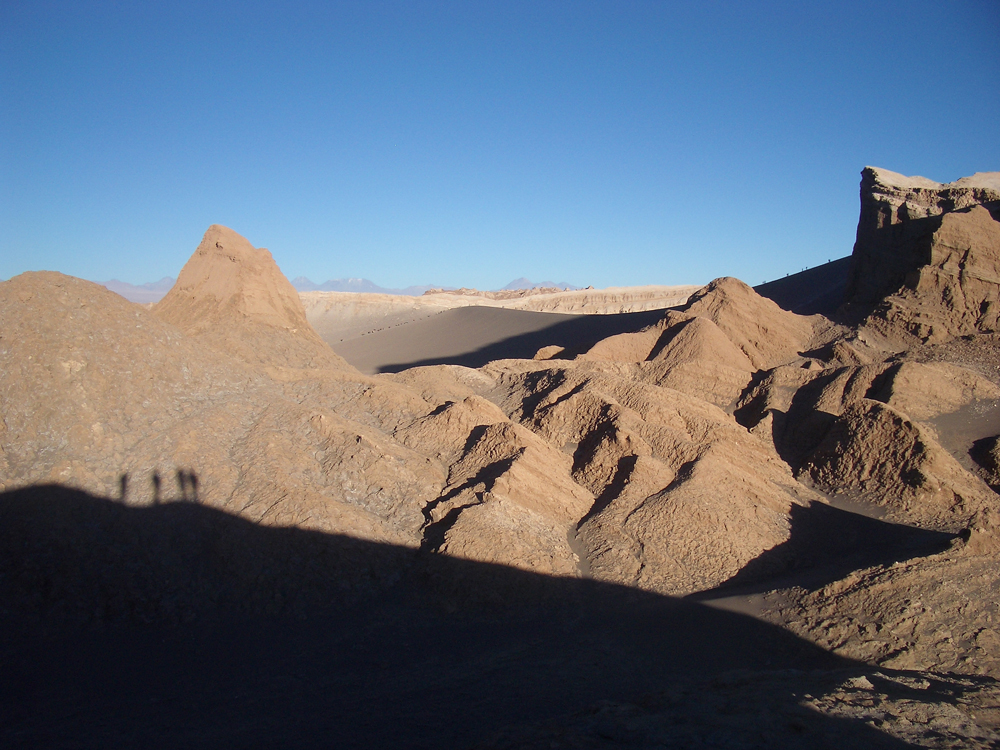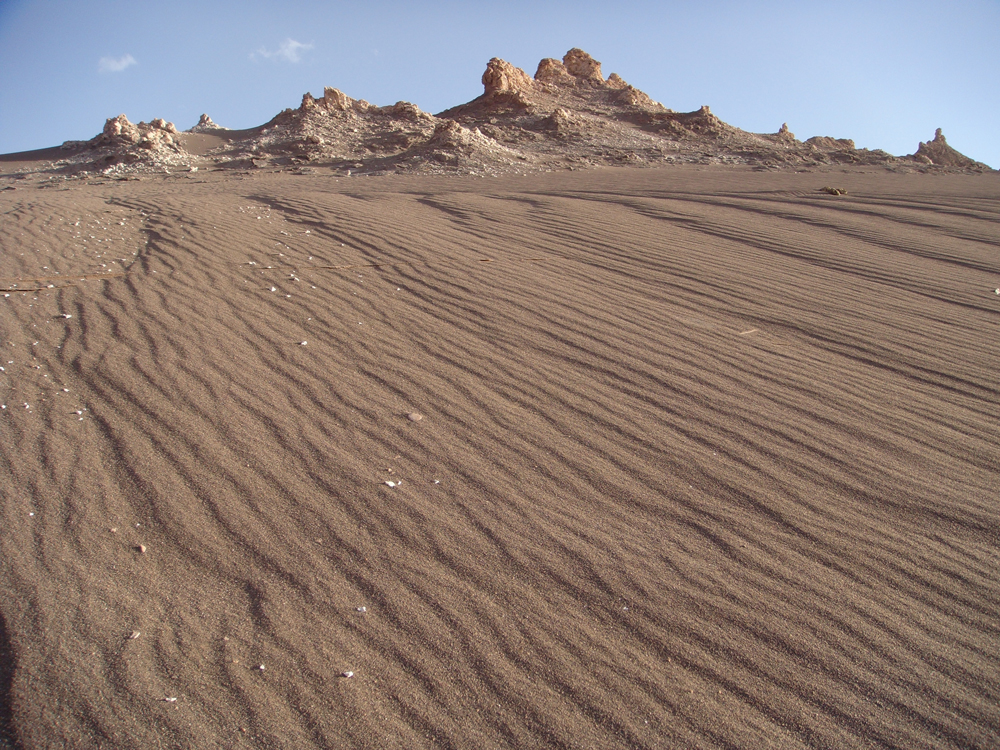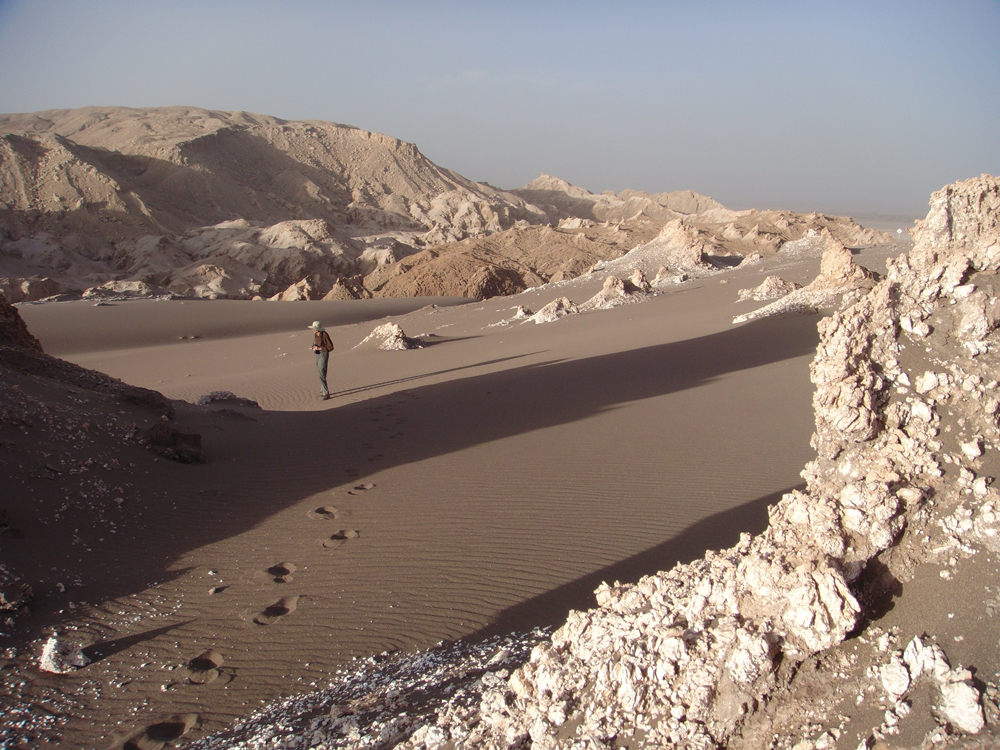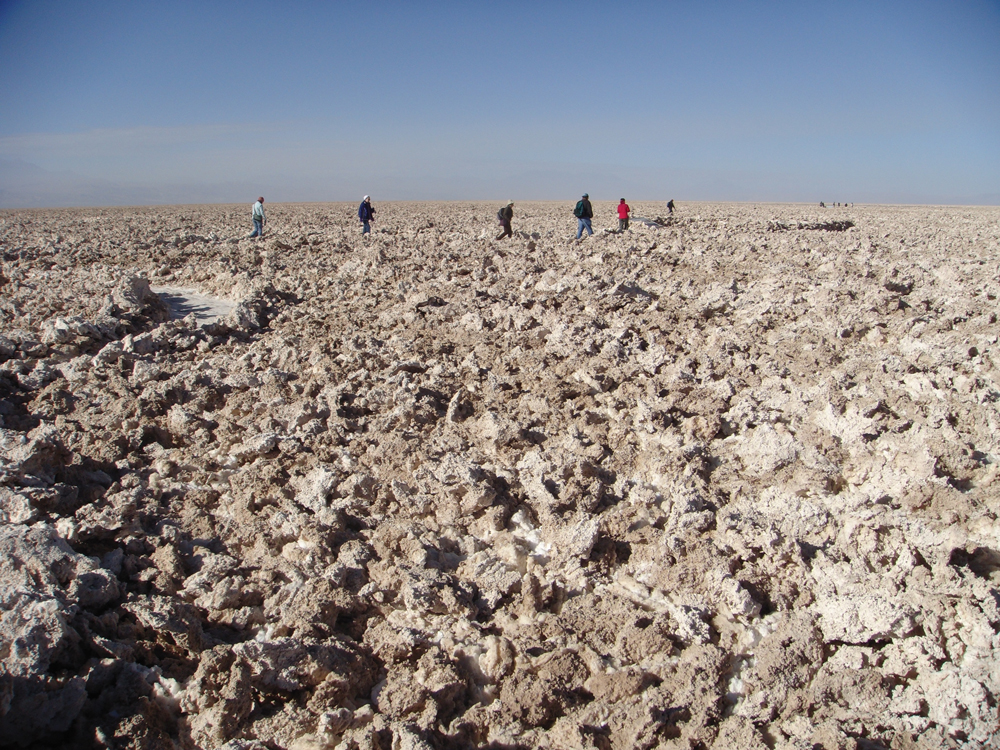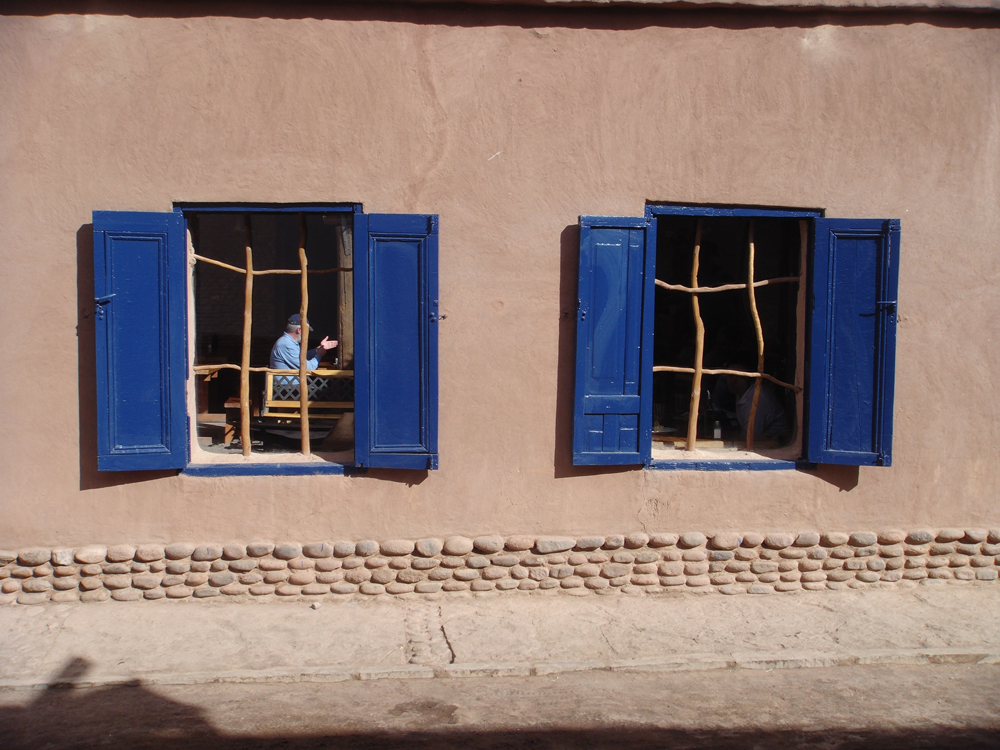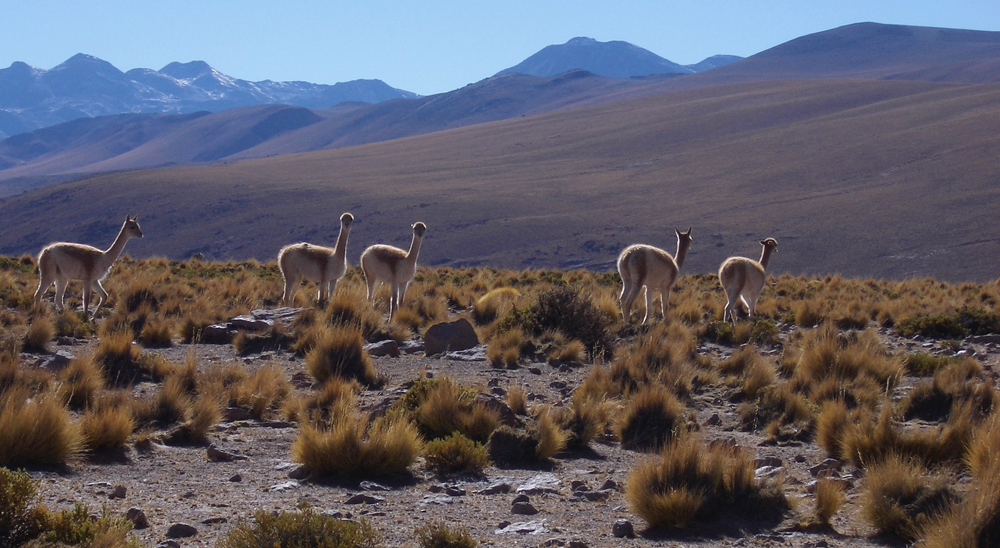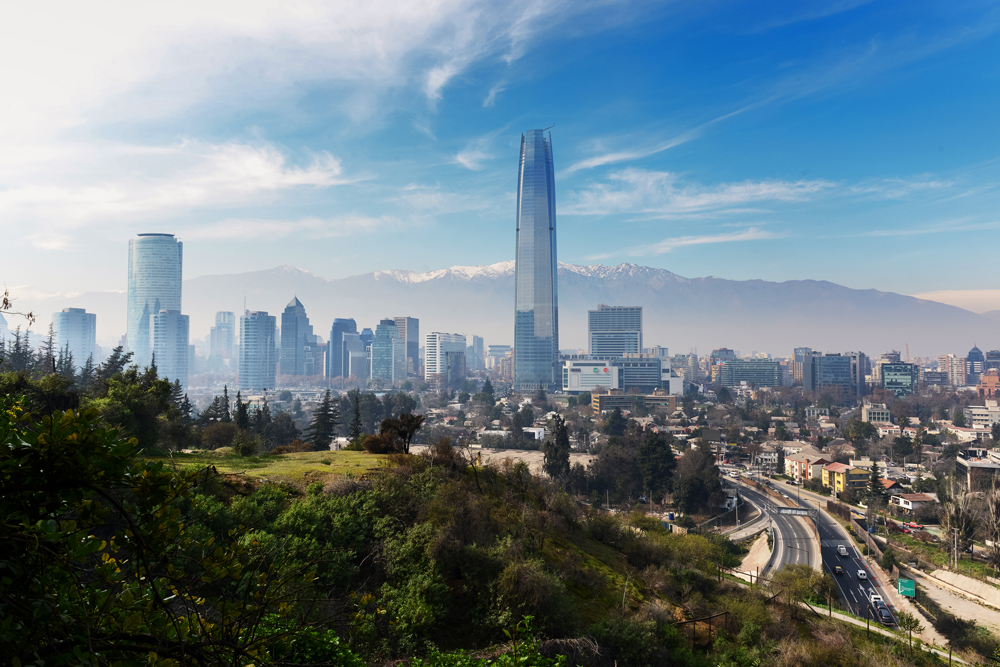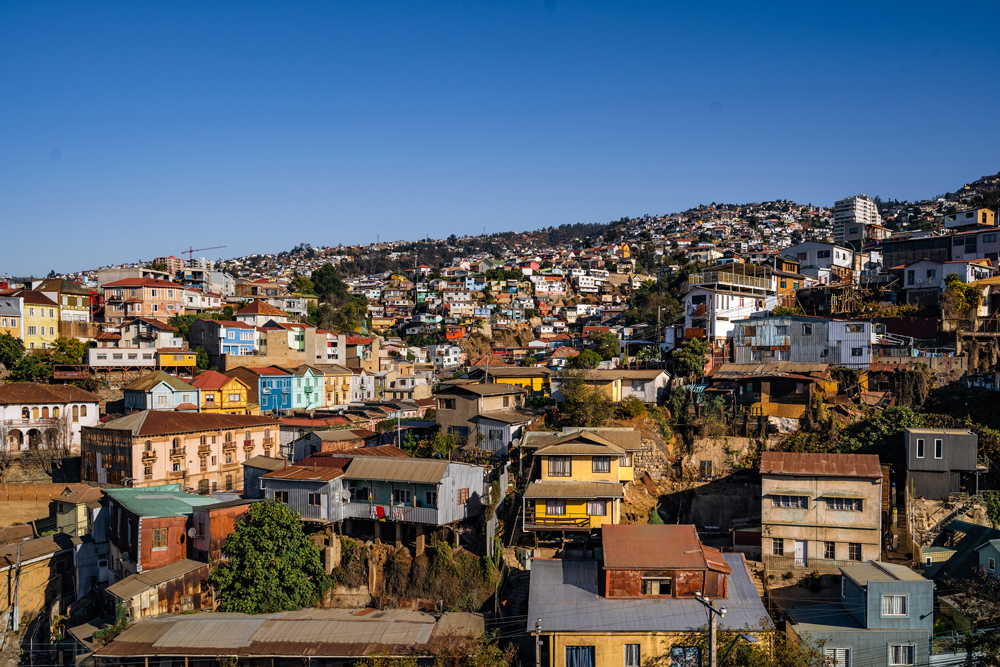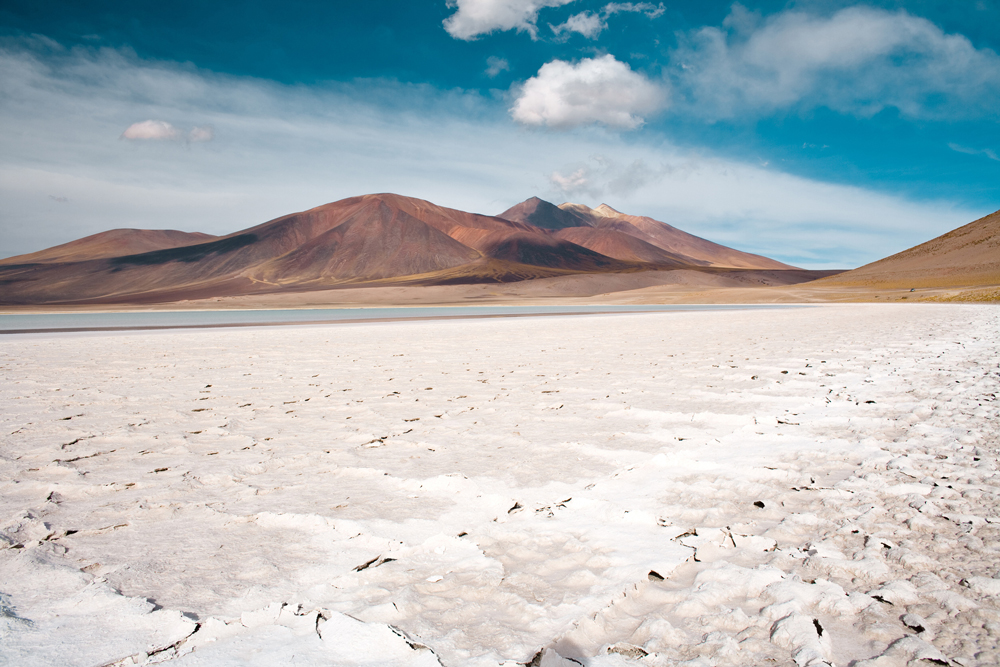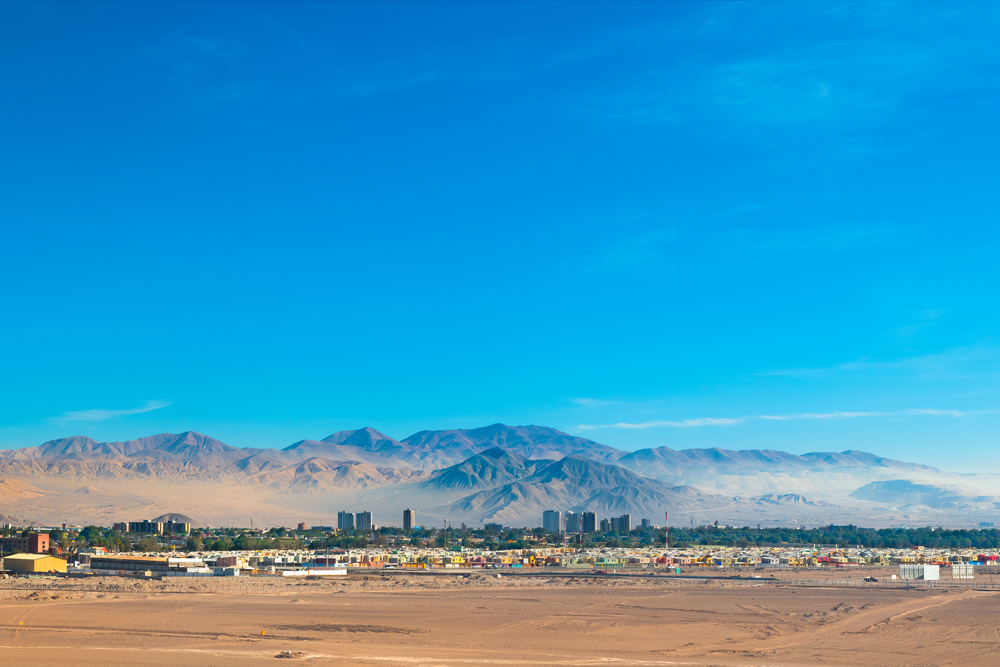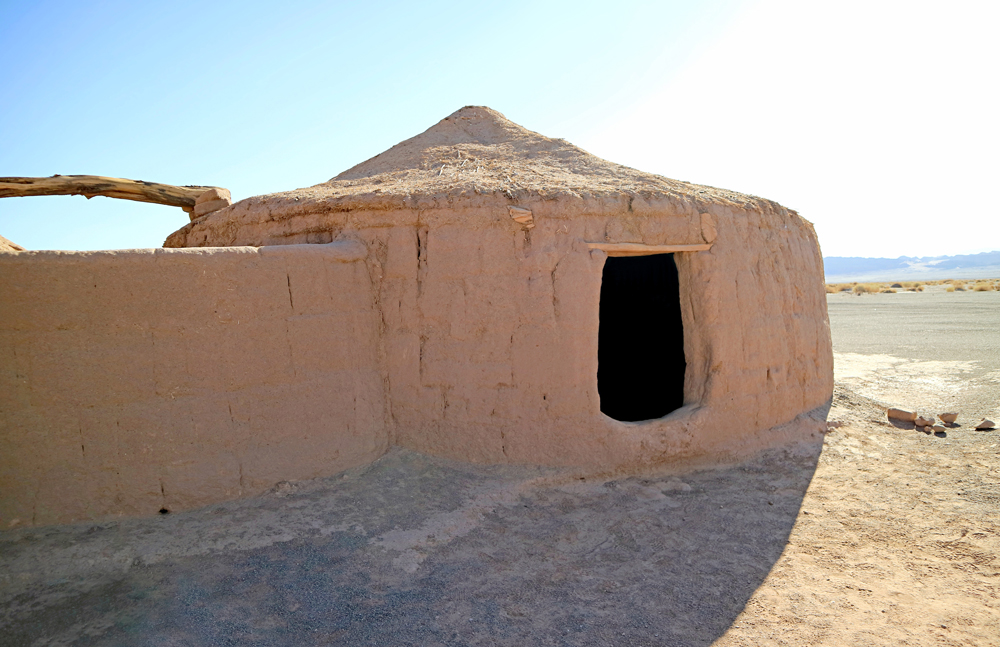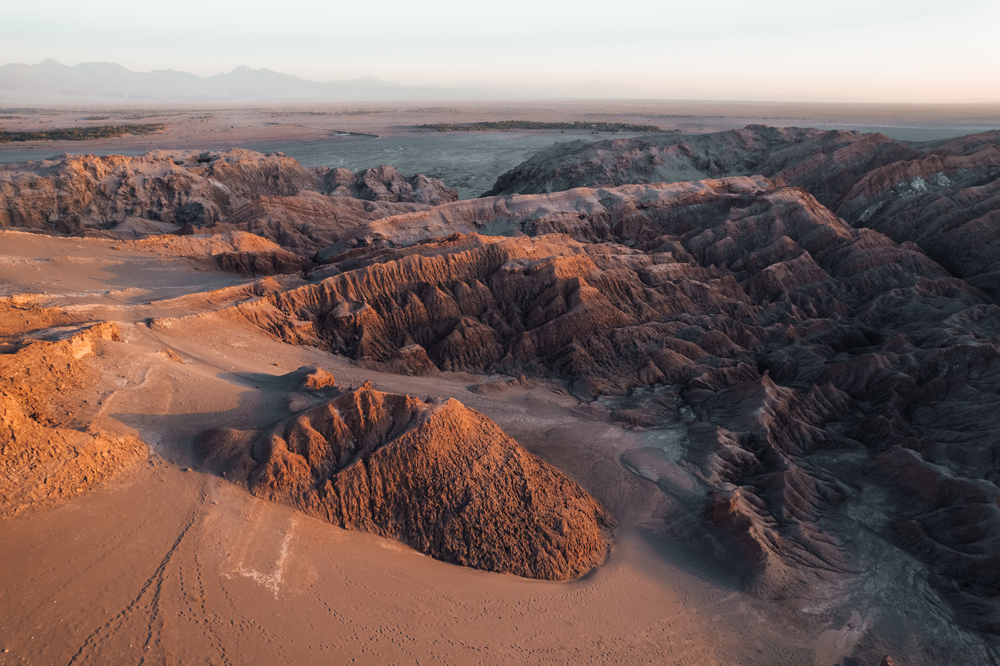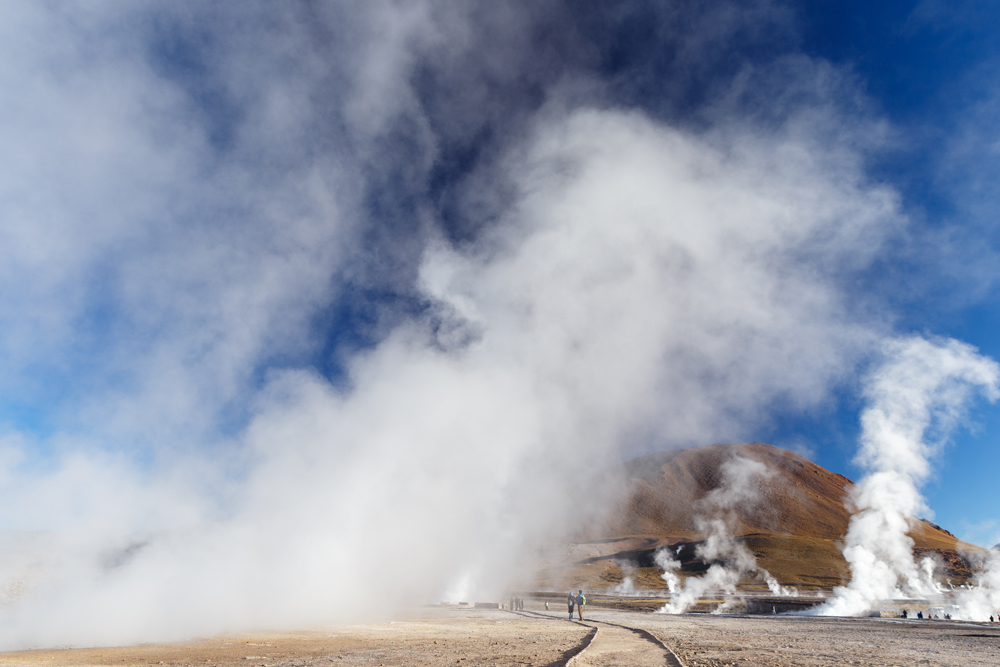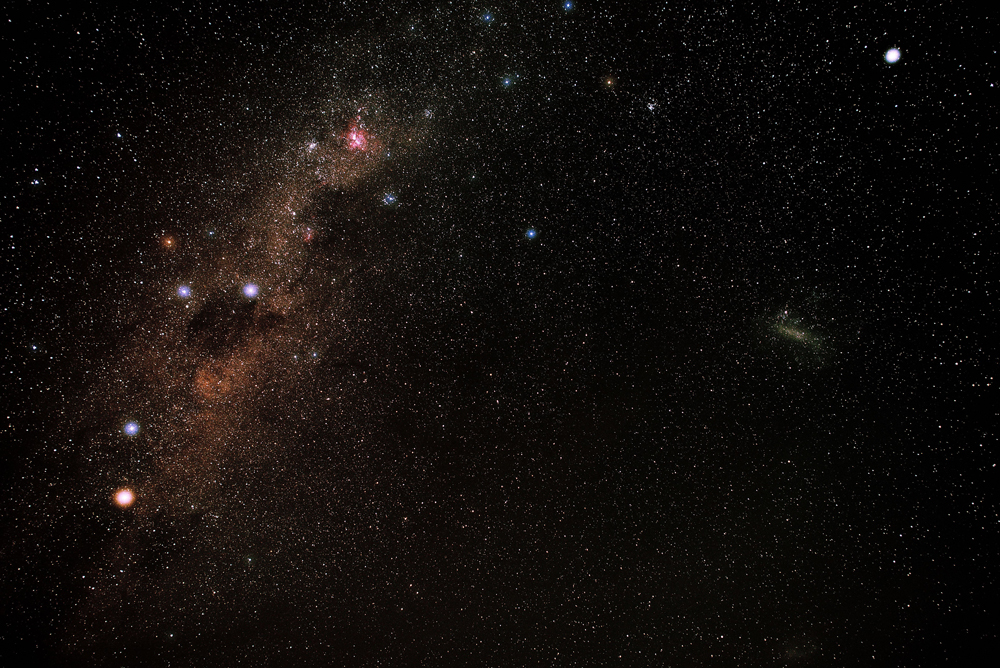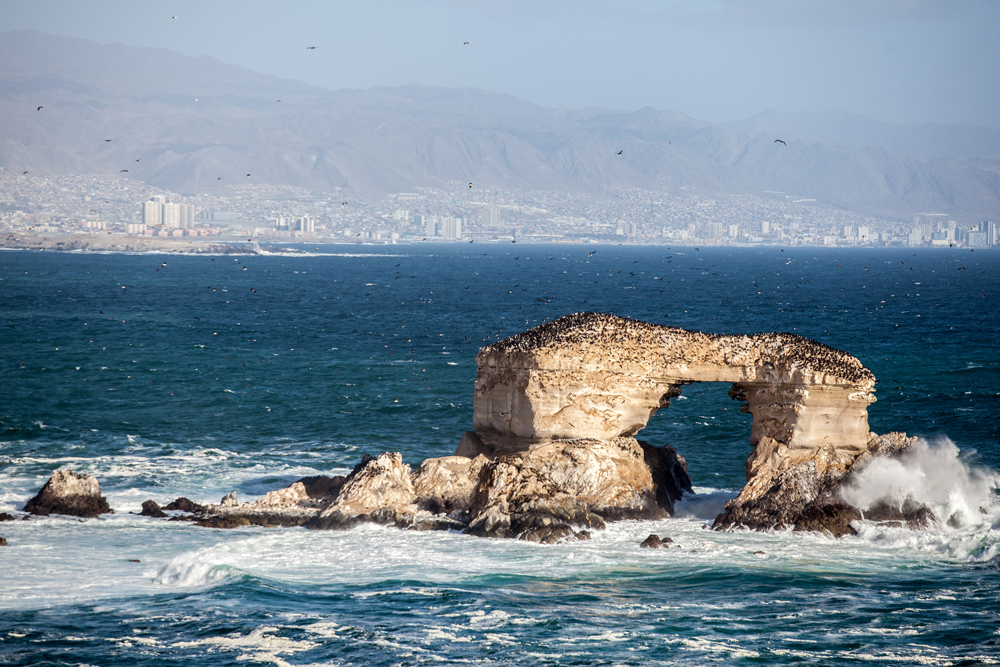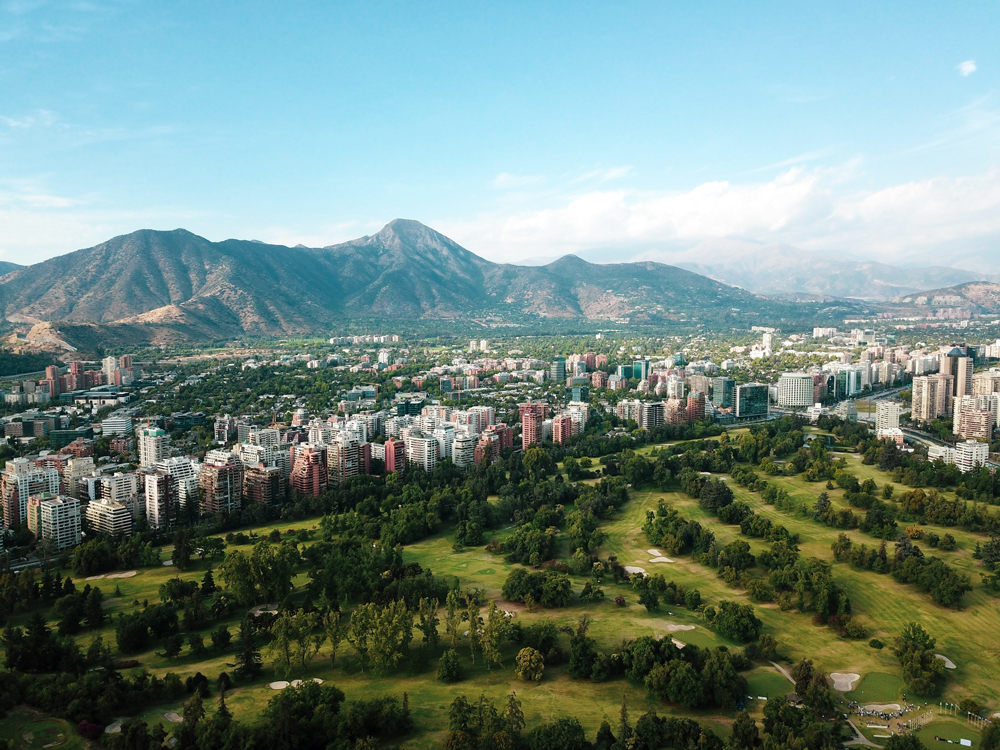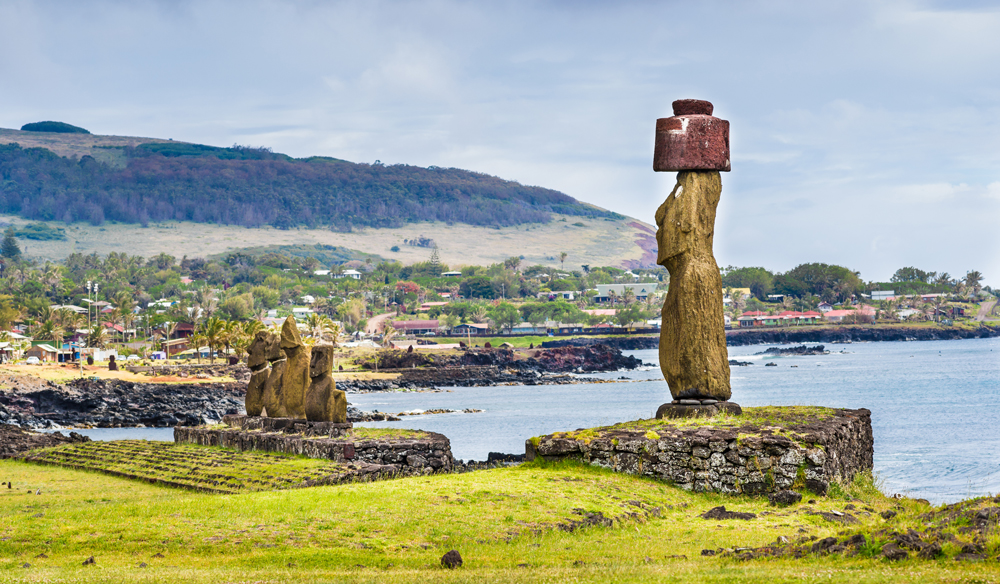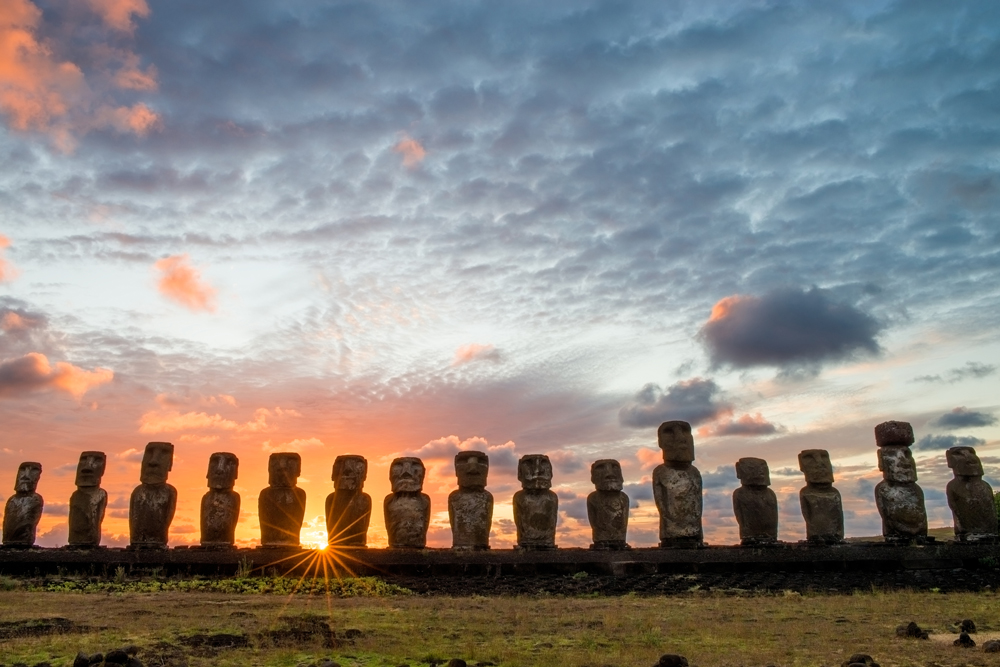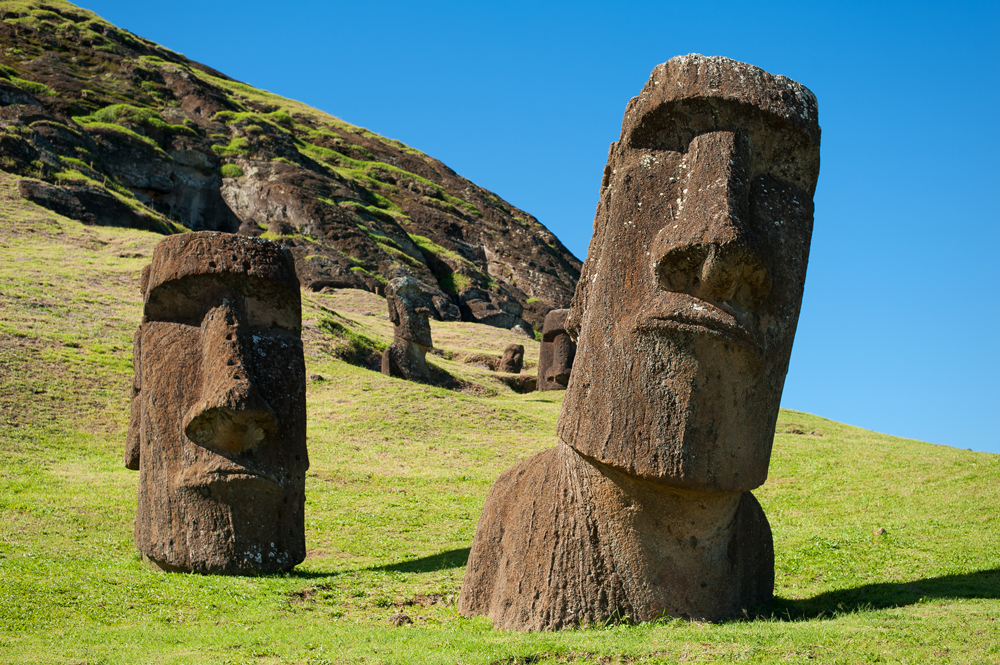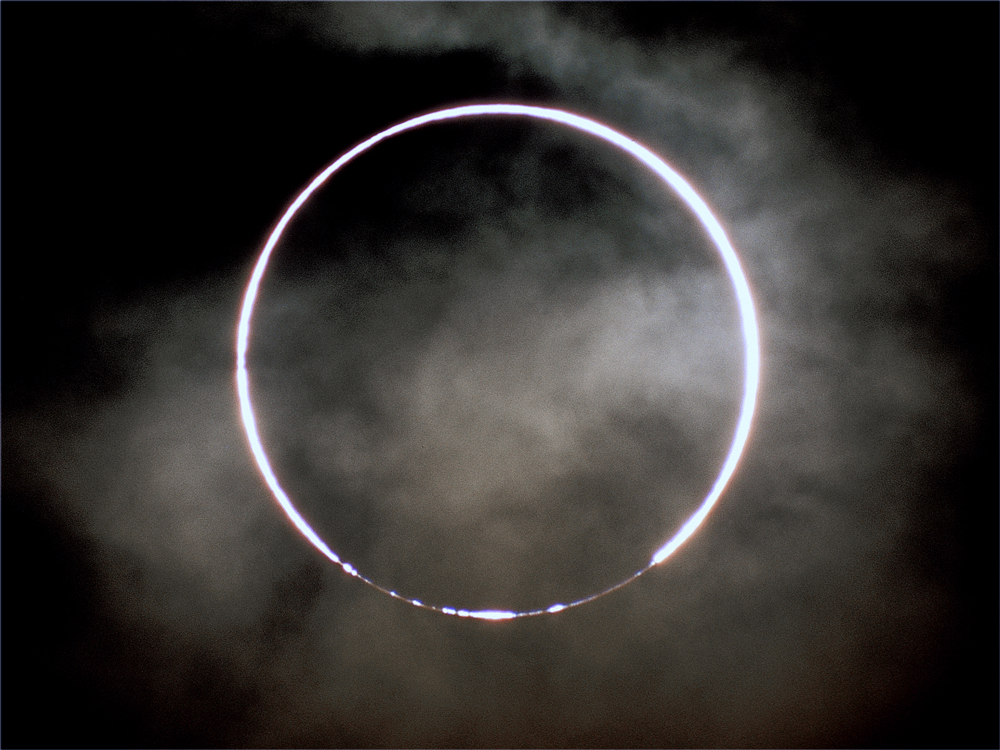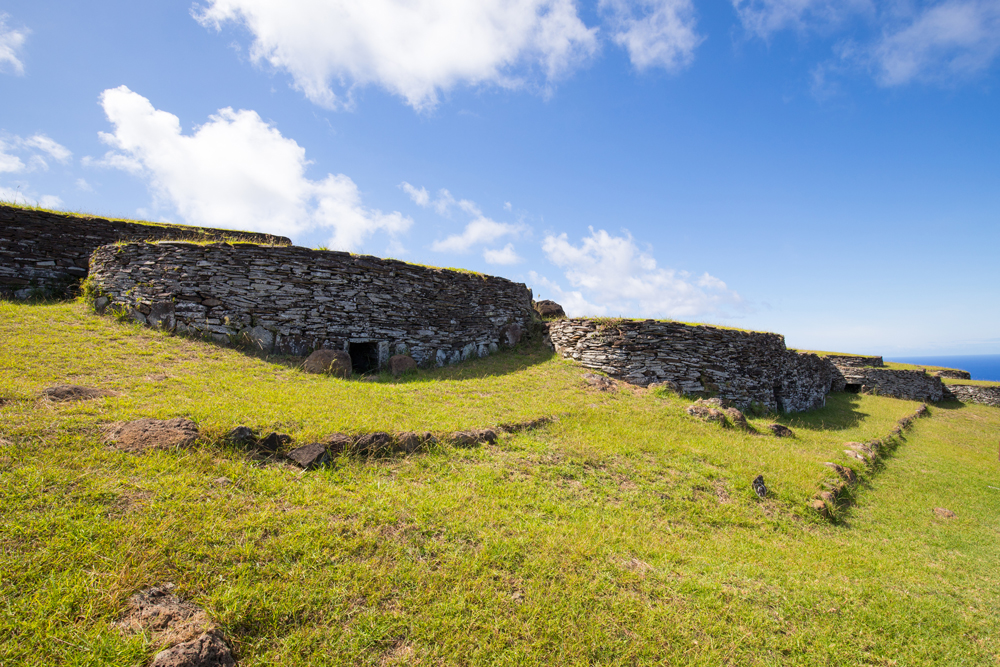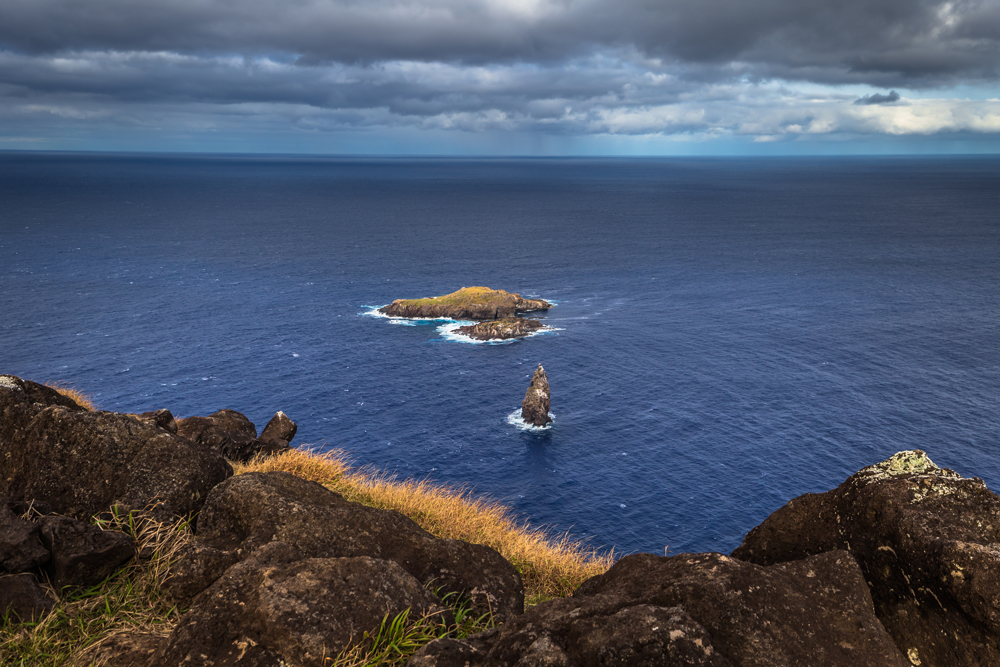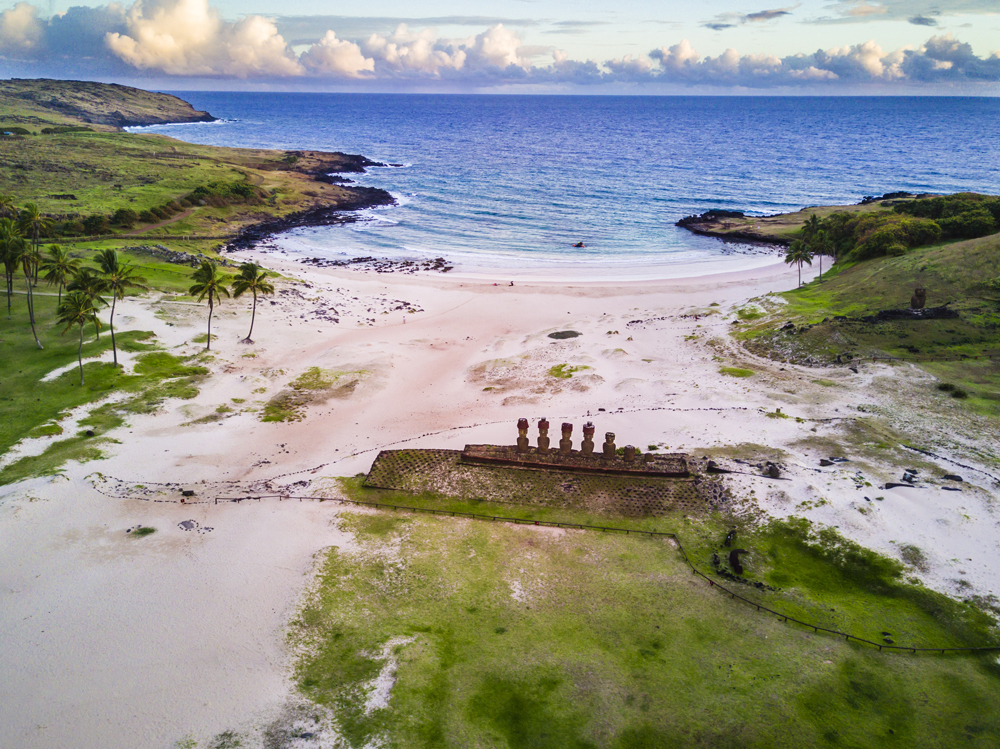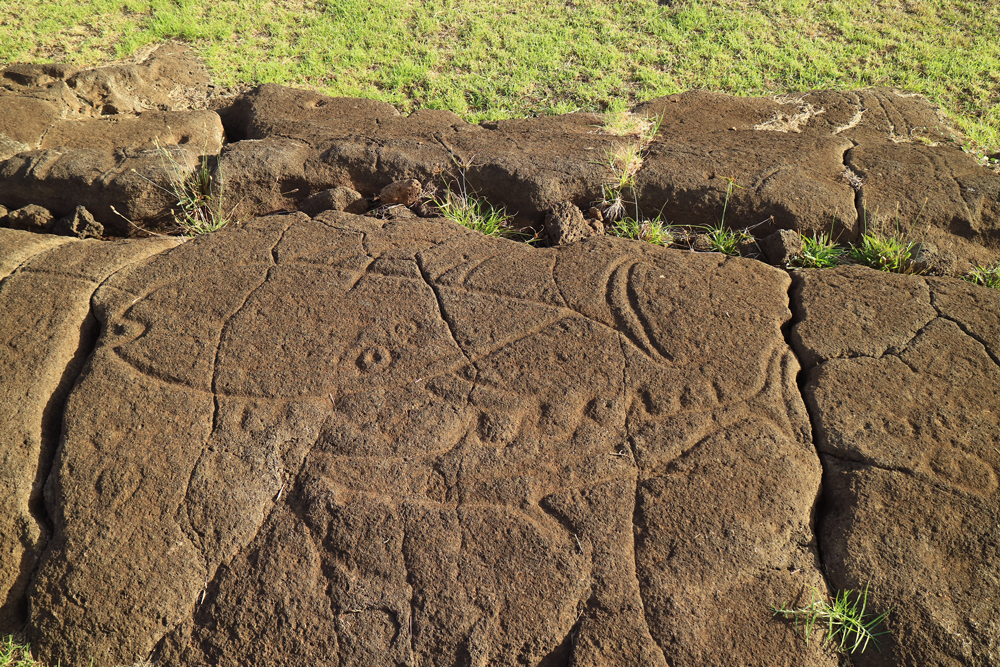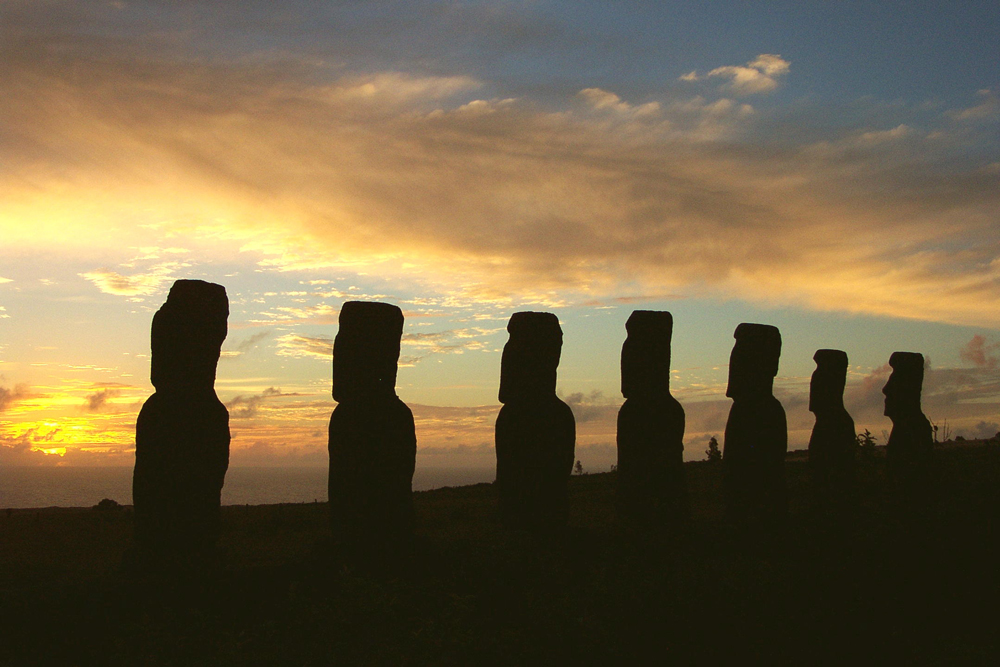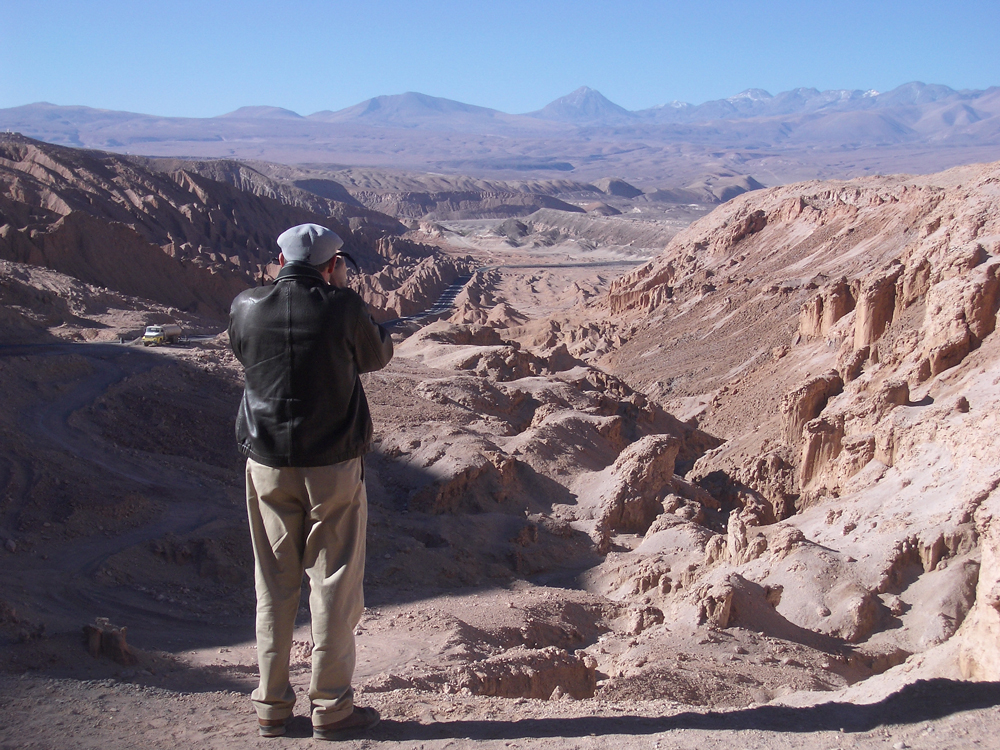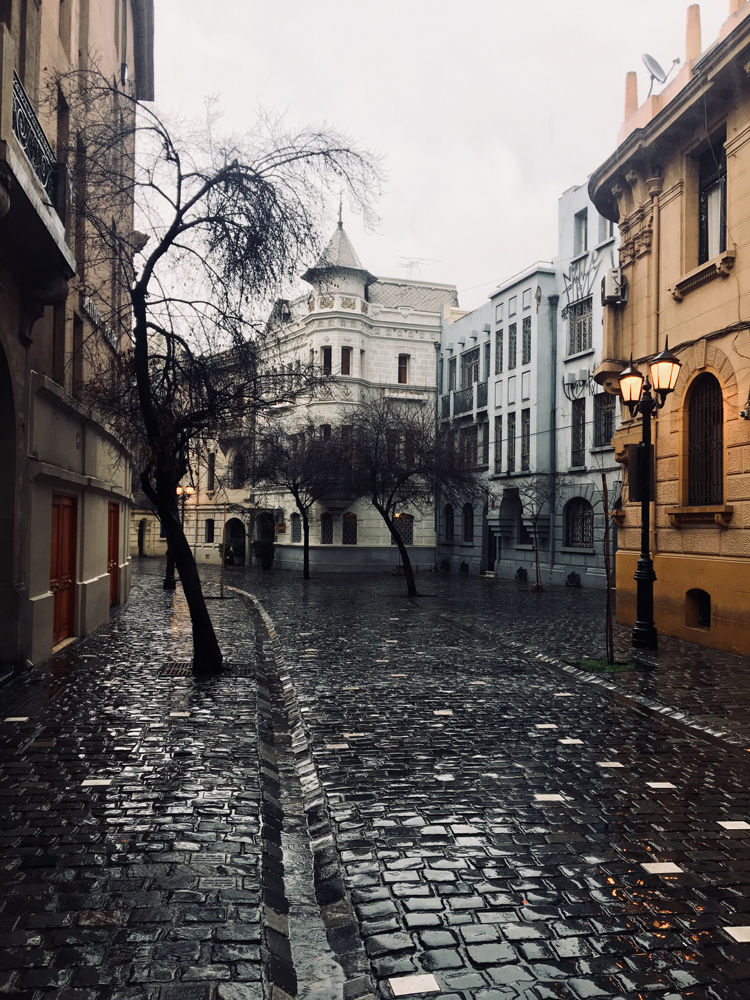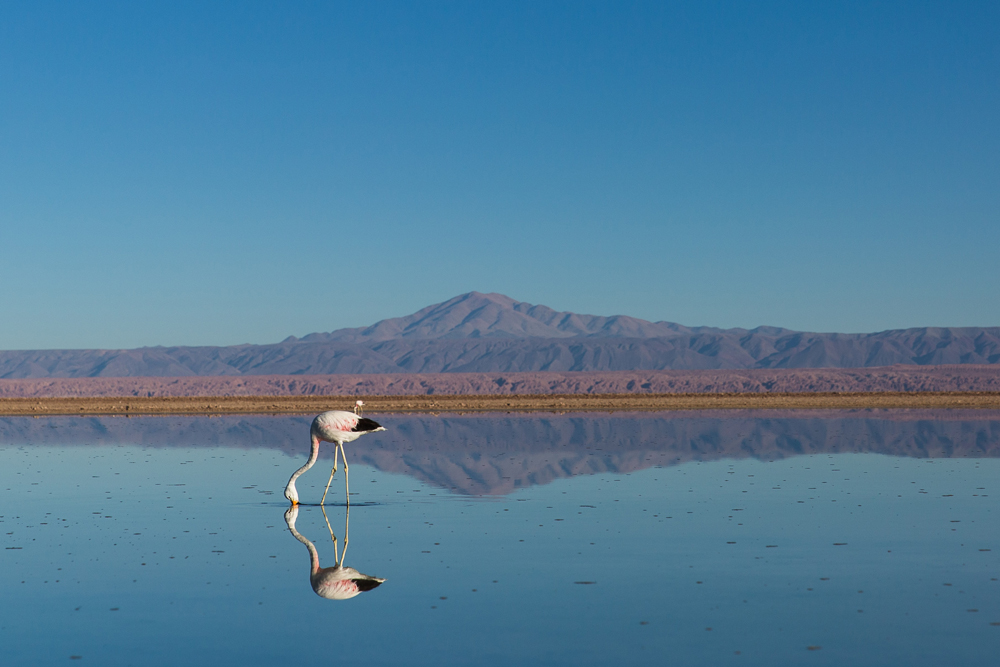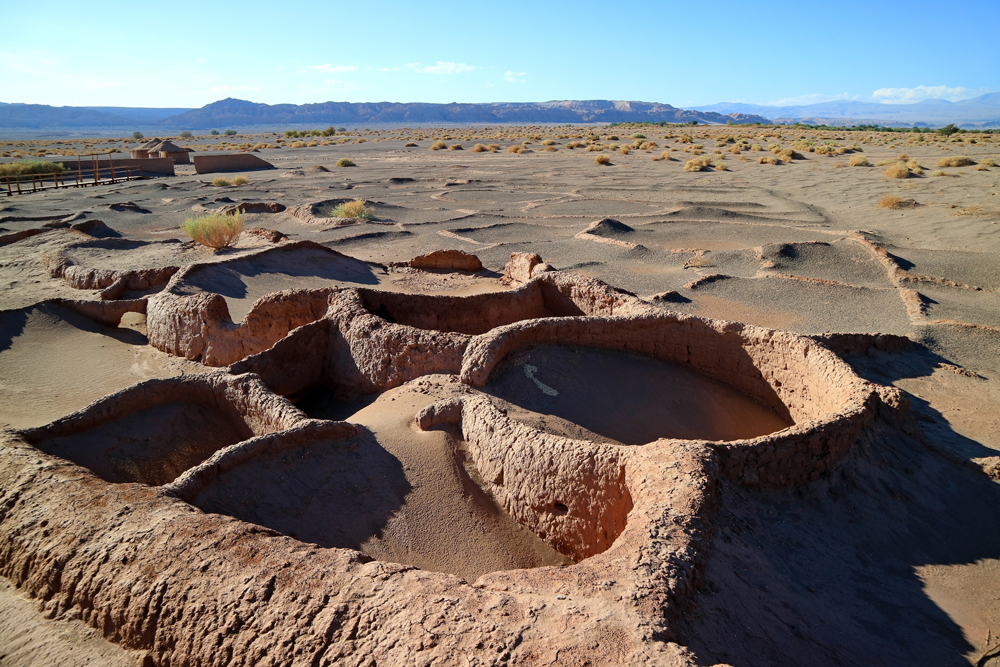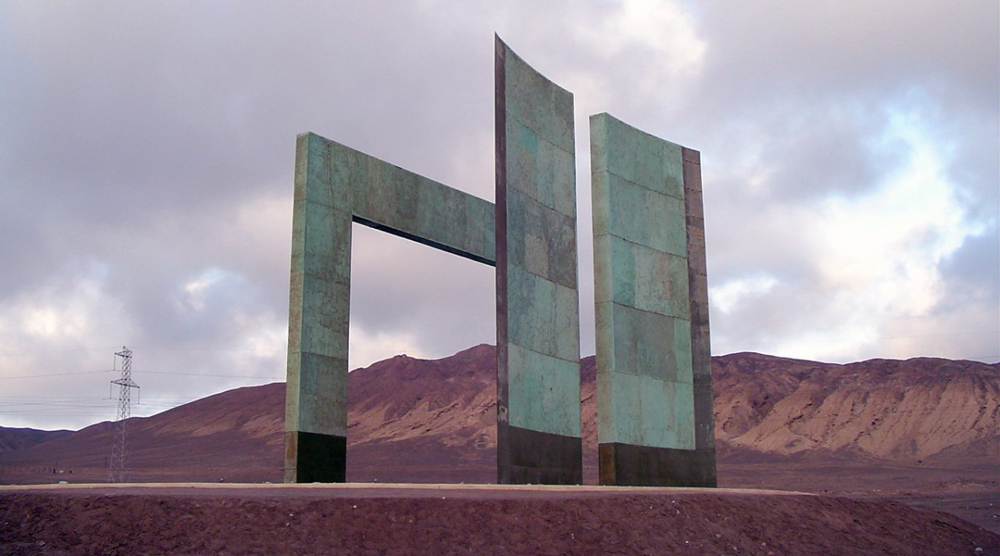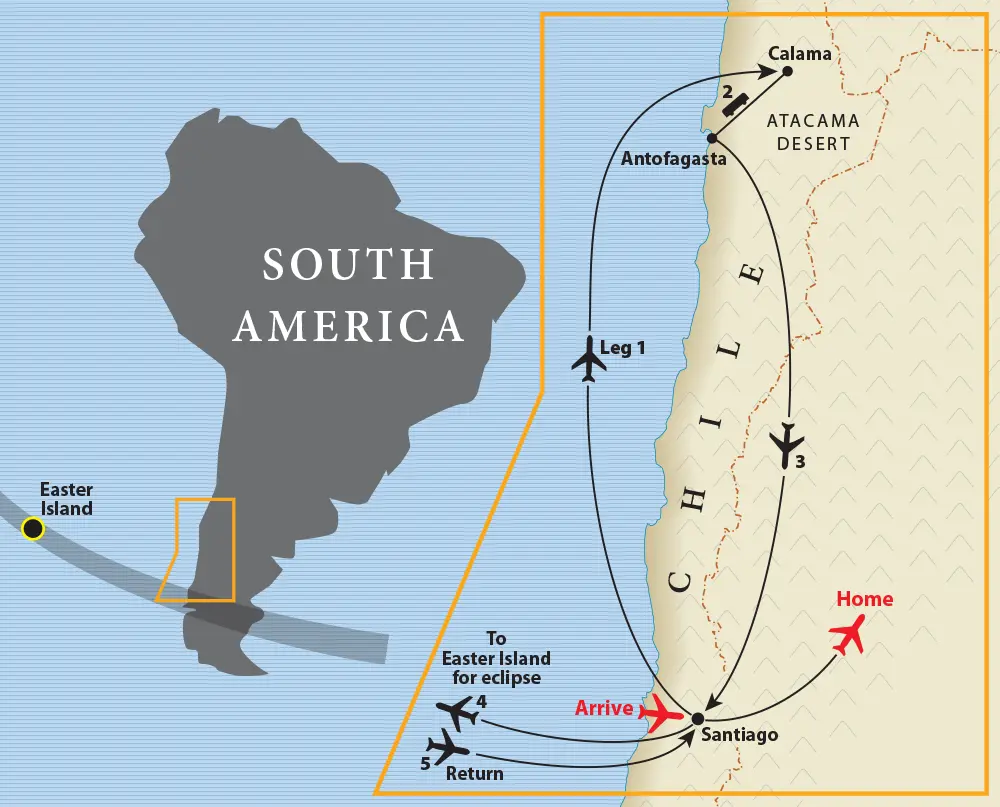 In the Atacama Desert of northern Chile, an arid expanse stretching from the Andes to the Pacific coast, the vast night skies offer some of the clearest stargazing on Earth. And a few thousand miles to the west on Easter Island, the massive stone statues that dot the rugged landscape provide an evocative backdrop for viewing an annular eclipse and the memorable “Ring of Fire” created when sunlight flares around the Moon.
In the Atacama Desert of northern Chile, an arid expanse stretching from the Andes to the Pacific coast, the vast night skies offer some of the clearest stargazing on Earth. And a few thousand miles to the west on Easter Island, the massive stone statues that dot the rugged landscape provide an evocative backdrop for viewing an annular eclipse and the memorable “Ring of Fire” created when sunlight flares around the Moon.
TravelQuest has woven these two remarkable experiences into a single, a ...Show more
stronomy-themed journey: our Atacama Desert and Easter Island Annular Eclipse, designed to showcase the annular solar eclipse on October 2, 2024.
Setting out from Santiago, Chile’s historic capital, you visit the coastal gems of Valparaíso and Viña del Mar, then head east through the Atacama toward the Andes, exploring a rich cultural history that dates back thousands of years. As night falls along the way, there will be plenty of occasions to marvel at the splendid southern skies. Then top it all off with a visit to the prestigious Paranal Observatory, the largest optical-infrared astronomical observatory in the Southern Hemisphere, where you’ll rendezvous with the world-class instruments that link us to the heavens above.
Then you’re off across the Pacific to Easter Island, where nearly 1,000 moai — the towering, enigmatic human figures hewn by hand from volcanic stone — were somehow dragged for miles to ceremonial platforms where they watch over the windswept landscape. Enjoy guided visits to all the key archaeological sites as our experts fill in what is known of Rapa Nui history, culture and beliefs. And amidst the desolate beauty of this isolated setting, join your TravelQuest astronomer to witness over 6 minutes of annularity — a one-of-a-kind eclipse experience.
October 2024 Easter Island Annular Eclipse Viewing Prospects by TravelQuest eclipse meteorologist Jay Anderson
The 2024 annular eclipse takes TravelQuest to mysterious Rapa Nui — Easter Island — and its stoic moai, gazing eternally across the subtropical Pacific Island. Easter Island is not noted for its sunny weather, yet for this eclipse, it provides the best viewing anywhere along the track. Overcast cloud is relatively uncommon, and so a sunny spot is usually available between the cumulus buildups, much of which may disappear as the shadow approaches. Twenty-one years of satellite data show that October 2 skies would have easily shown the eclipse on 12 days, an average of just under 60 percent. With a little movement, as many as 15 days would be “eclipse-worthy,” especially as the Sun will be nearly 70 degrees high in the sky. For this eclipse, Rapa Nui offers Mother Nature’s best vantage point.
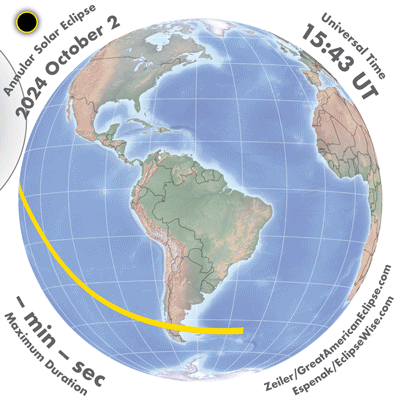
Show less
 In the Atacama Desert of northern Chile, an arid expanse stretching from the Andes to the Pacific coast, the vast night skies offer some of the clearest stargazing on Earth. And a few thousand miles to the west on Easter Island, the massive stone statues that dot the rugged landscape provide an evocative backdrop for viewing an annular eclipse and the memorable “Ring of Fire” created when sunlight flares around the Moon.
In the Atacama Desert of northern Chile, an arid expanse stretching from the Andes to the Pacific coast, the vast night skies offer some of the clearest stargazing on Earth. And a few thousand miles to the west on Easter Island, the massive stone statues that dot the rugged landscape provide an evocative backdrop for viewing an annular eclipse and the memorable “Ring of Fire” created when sunlight flares around the Moon.

